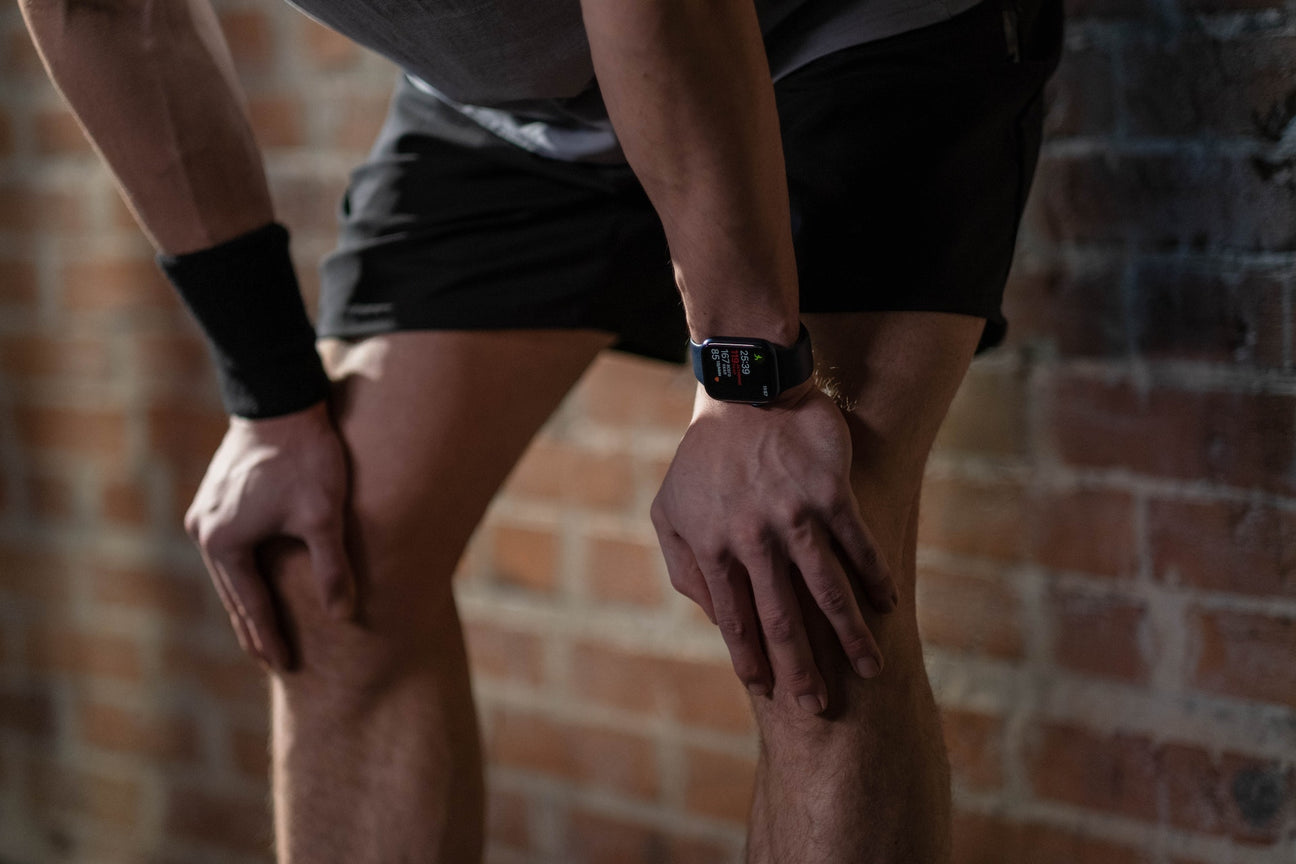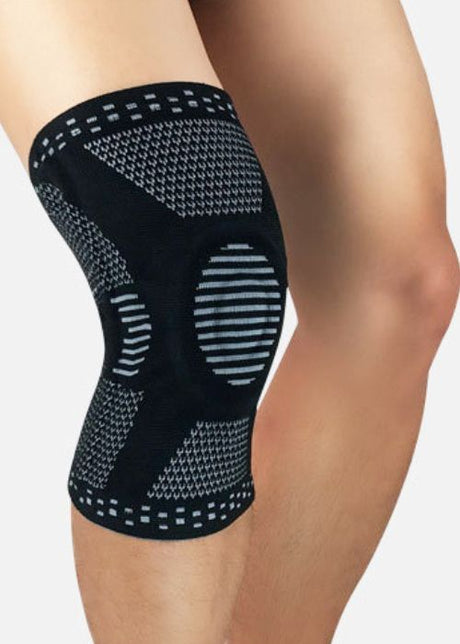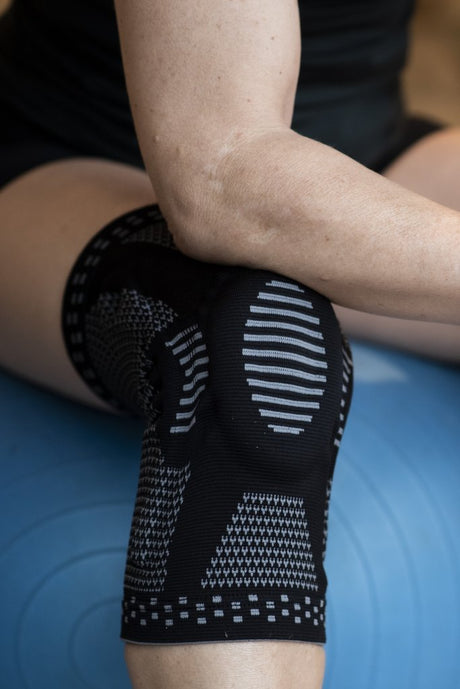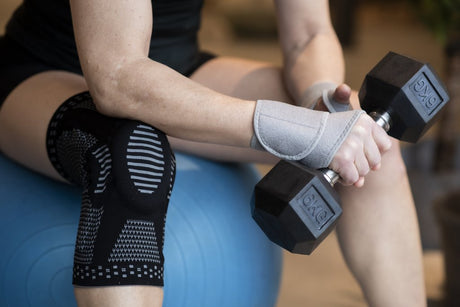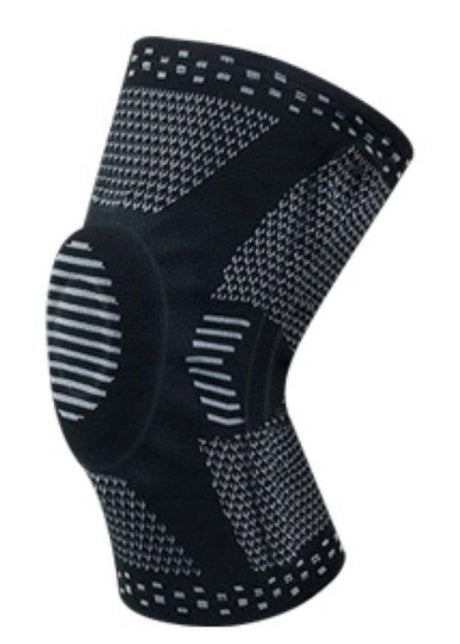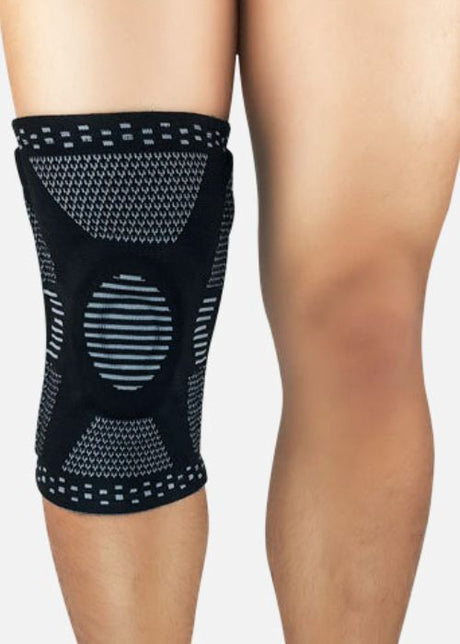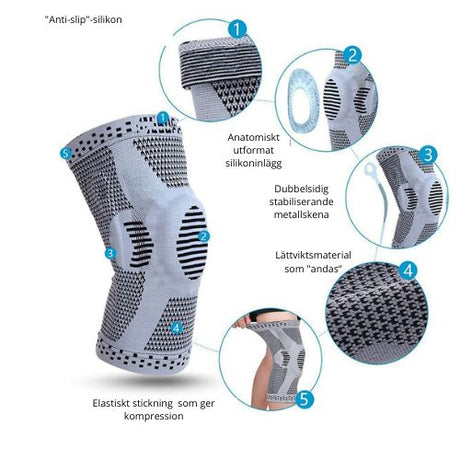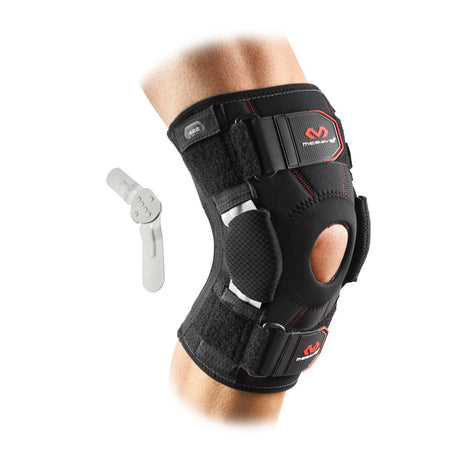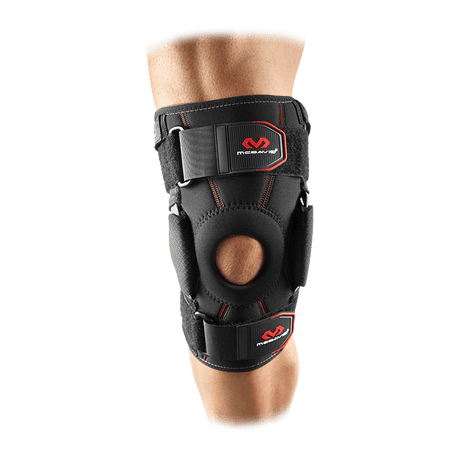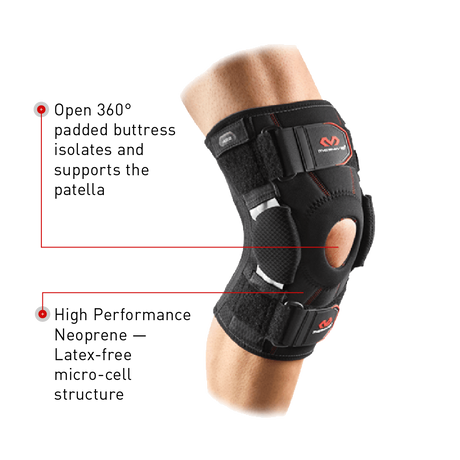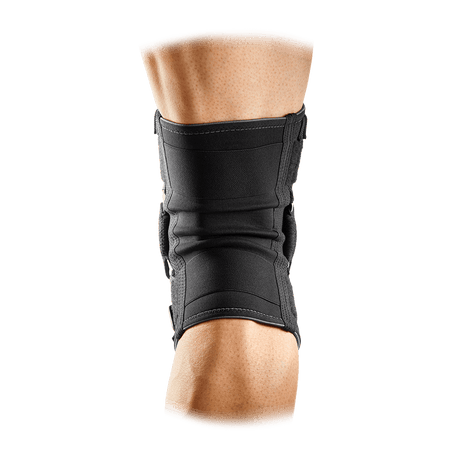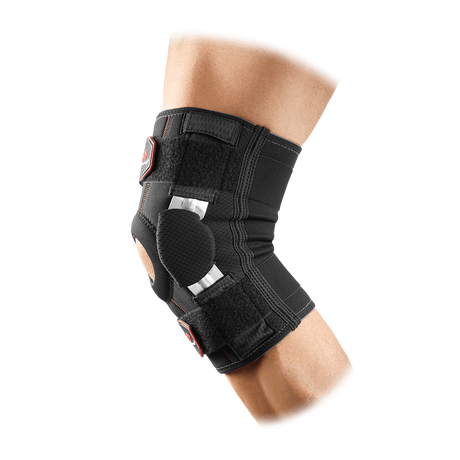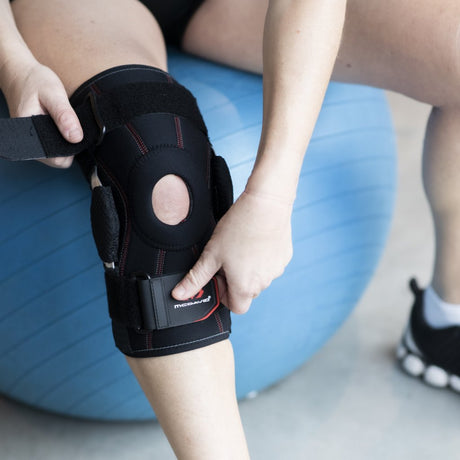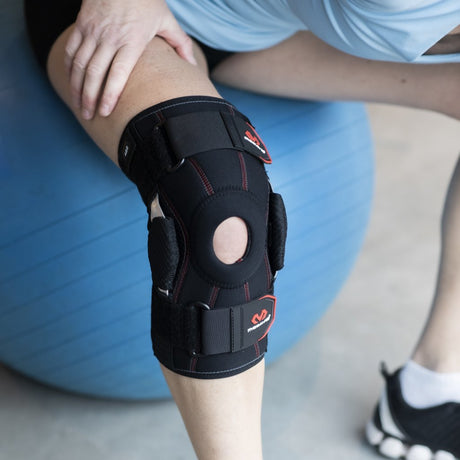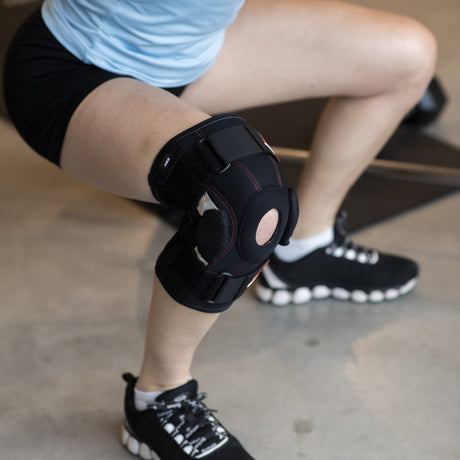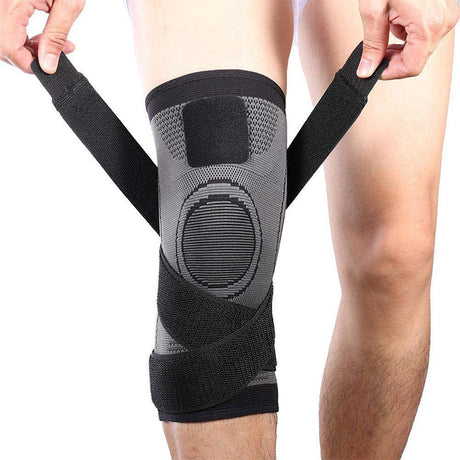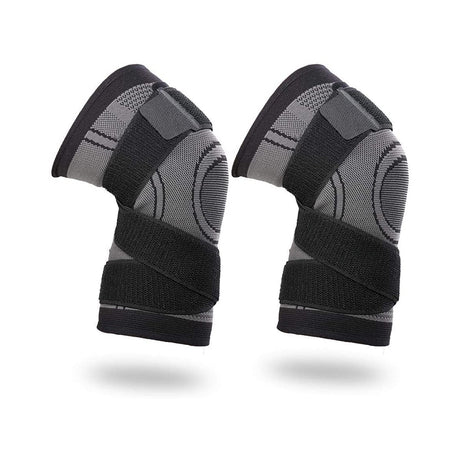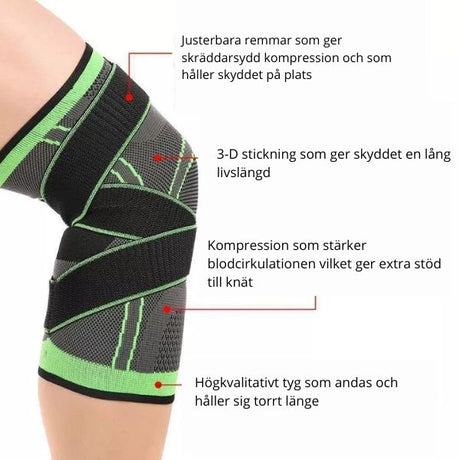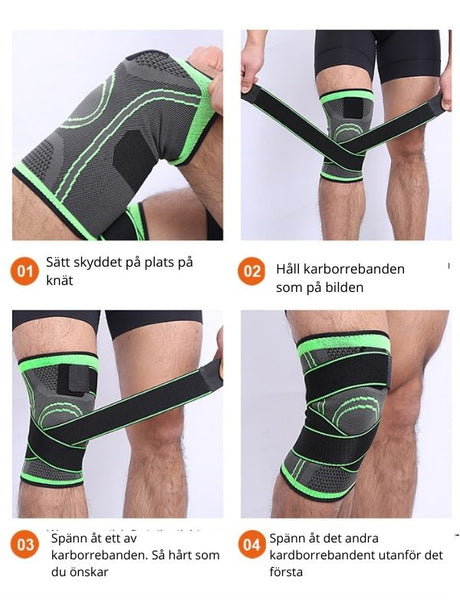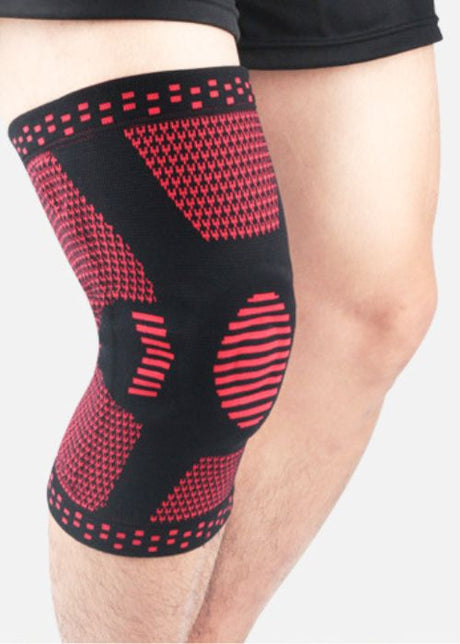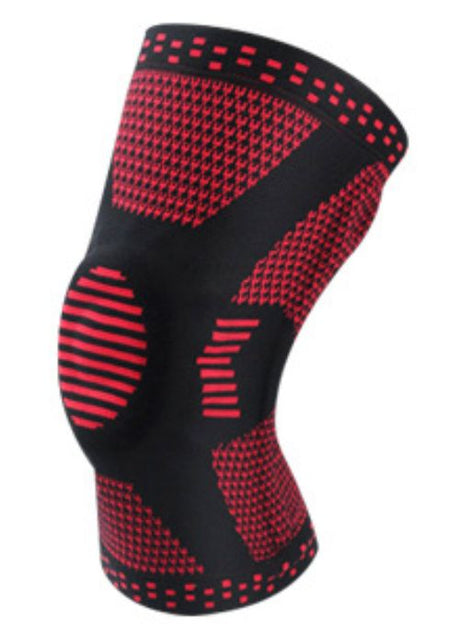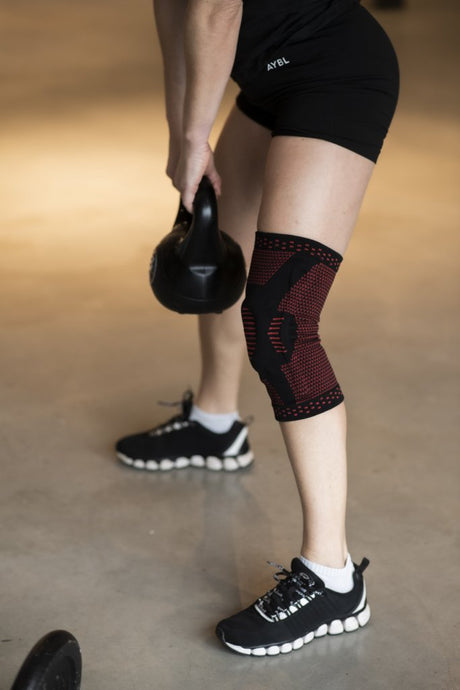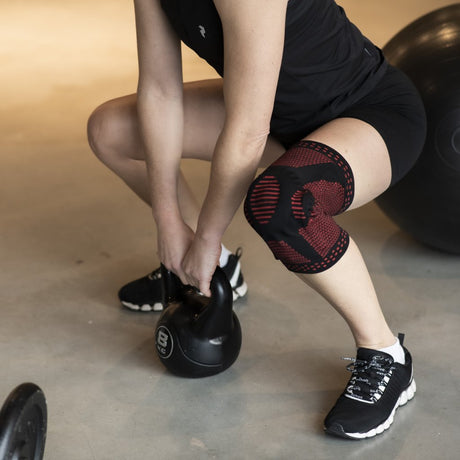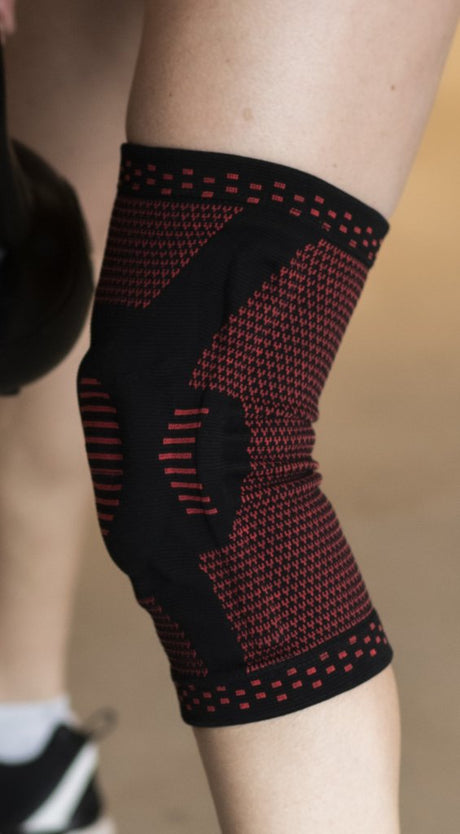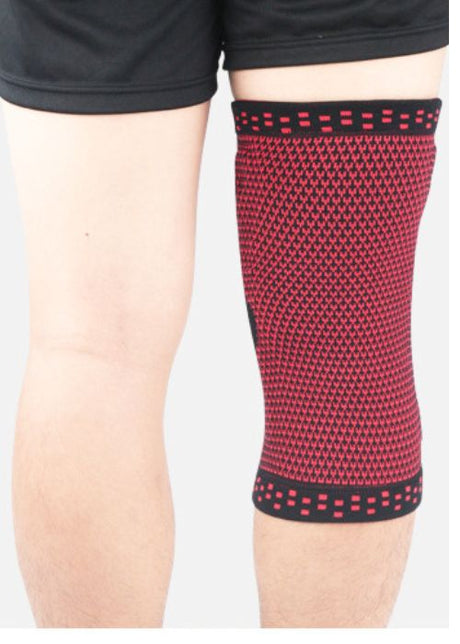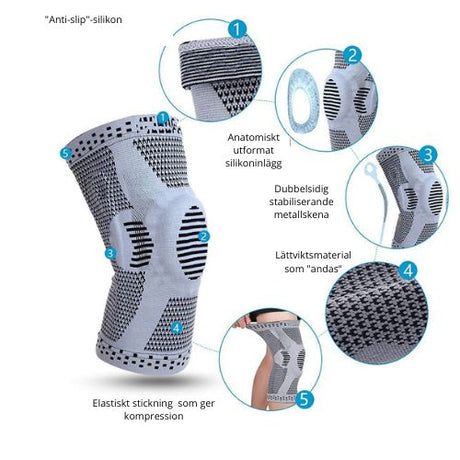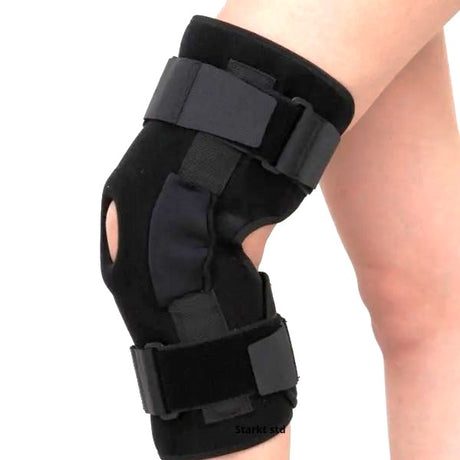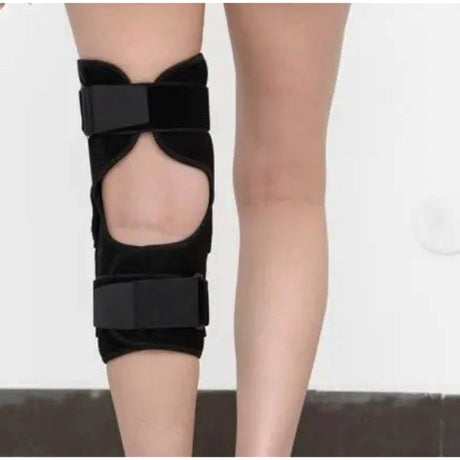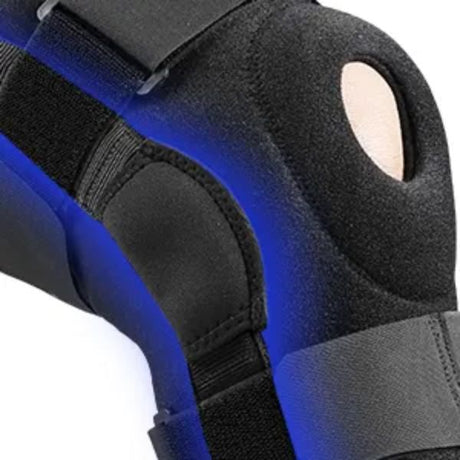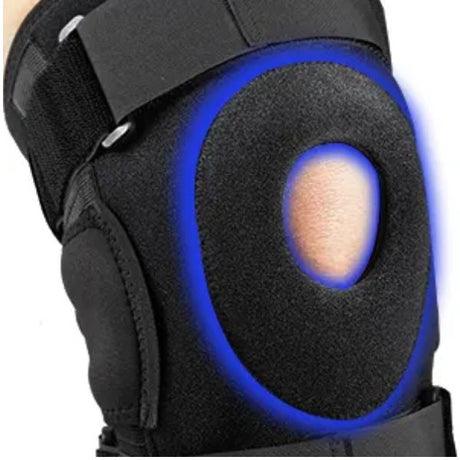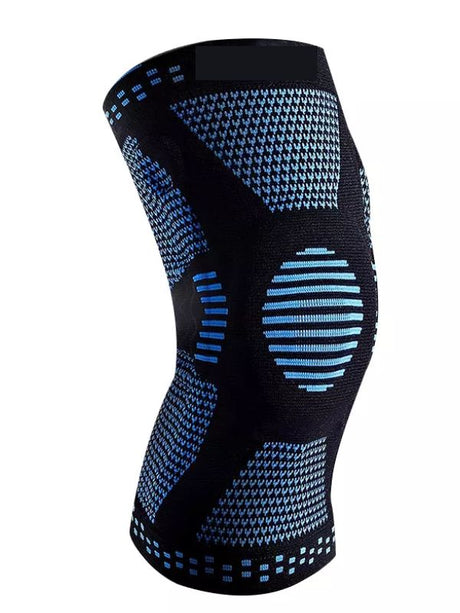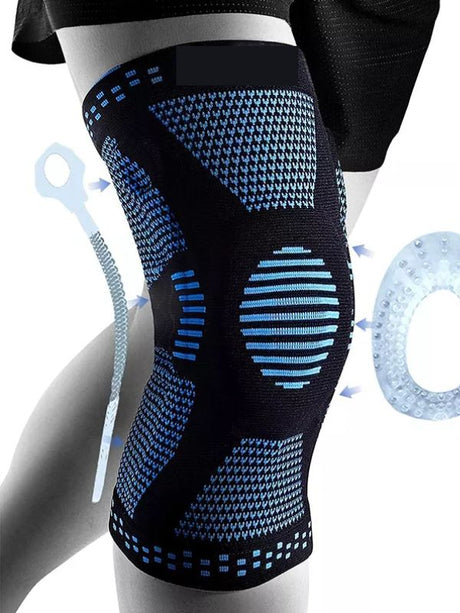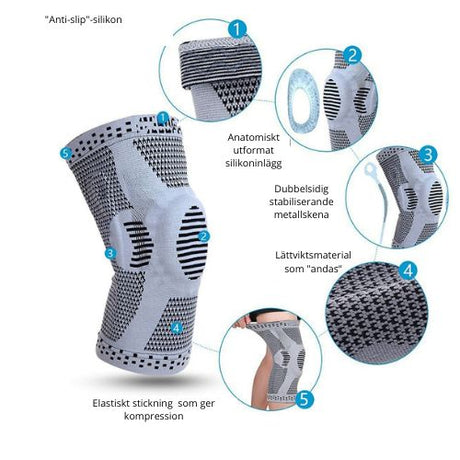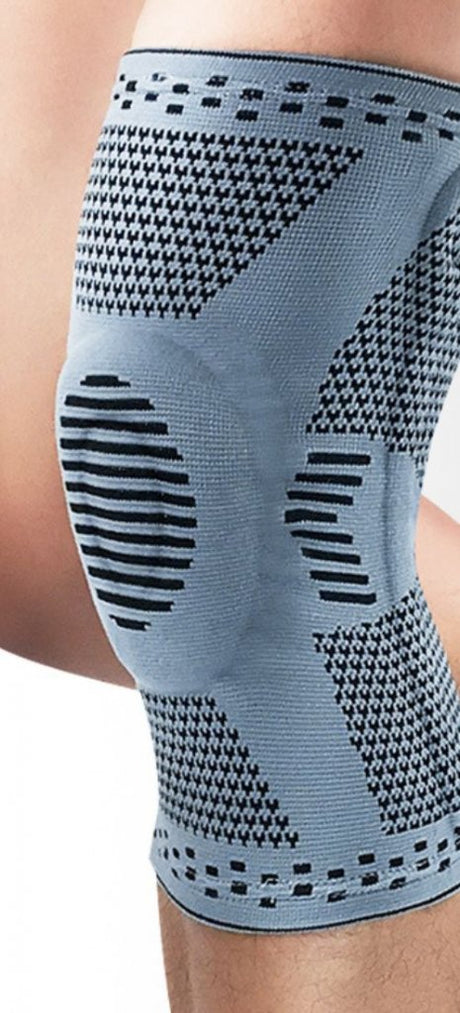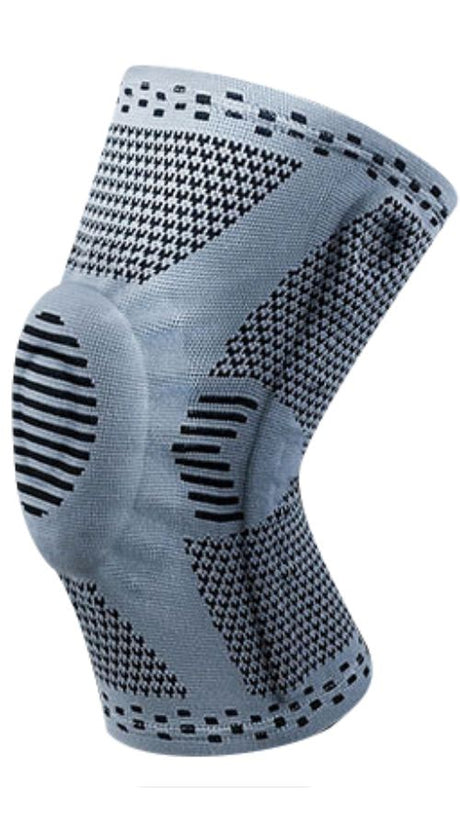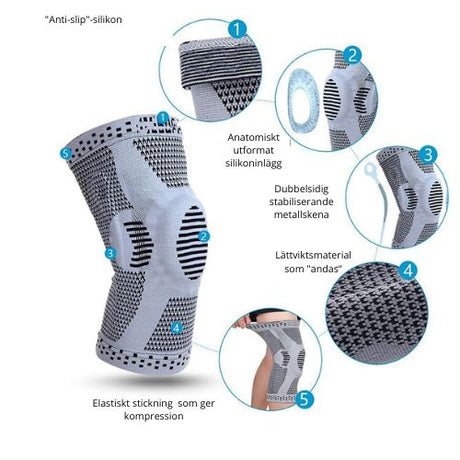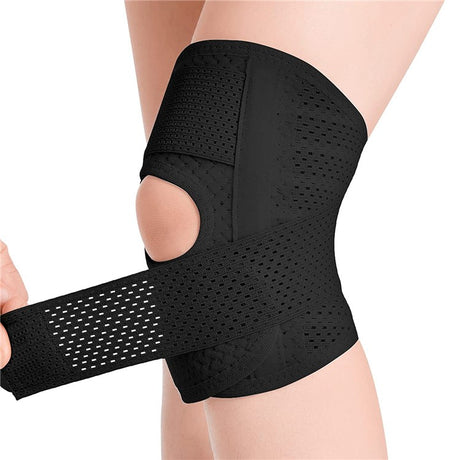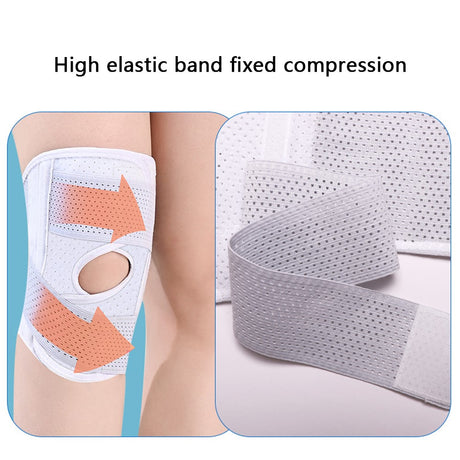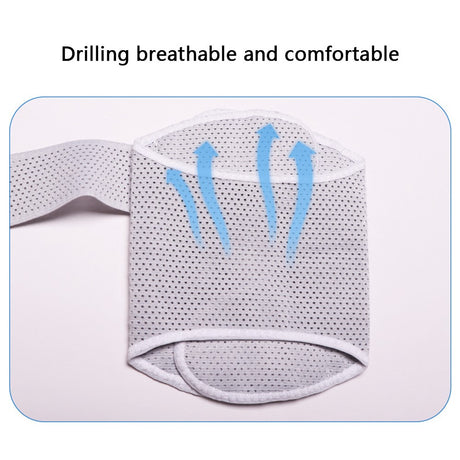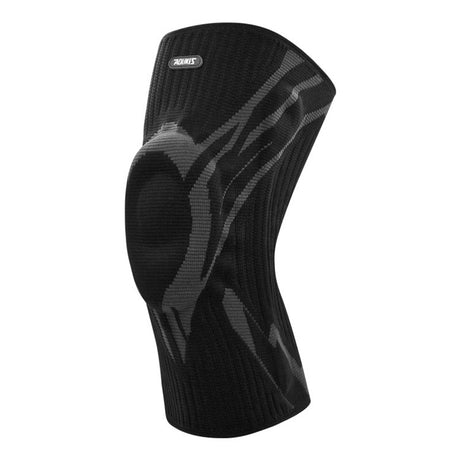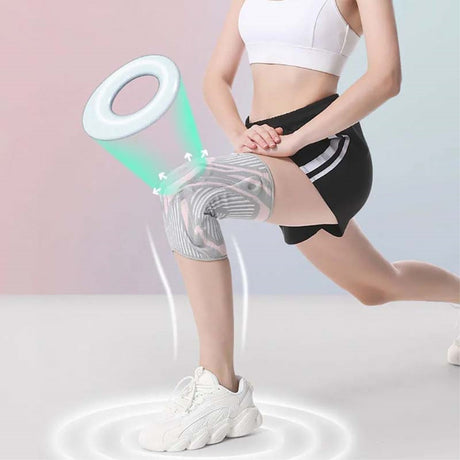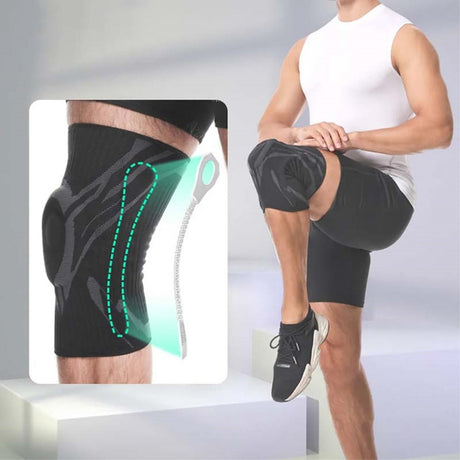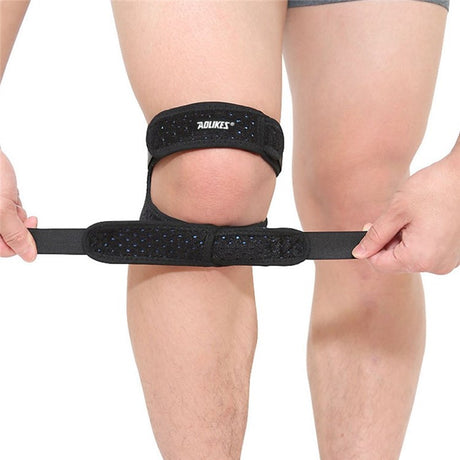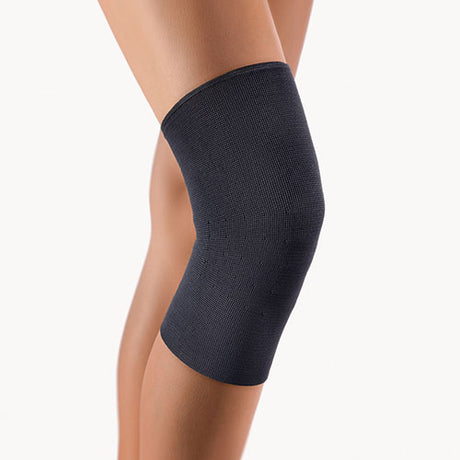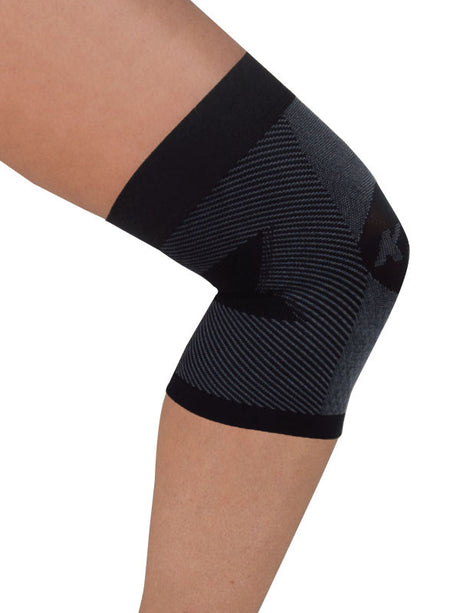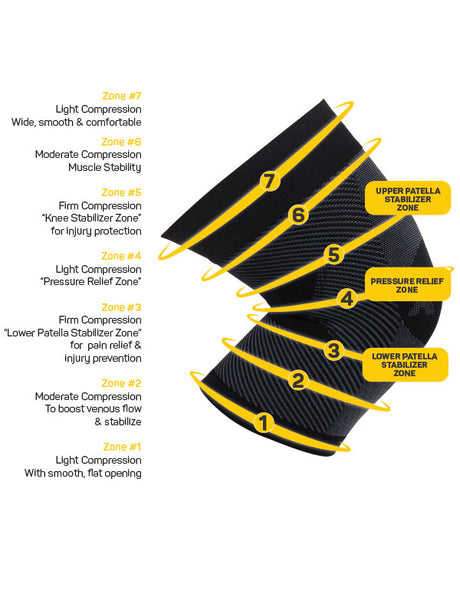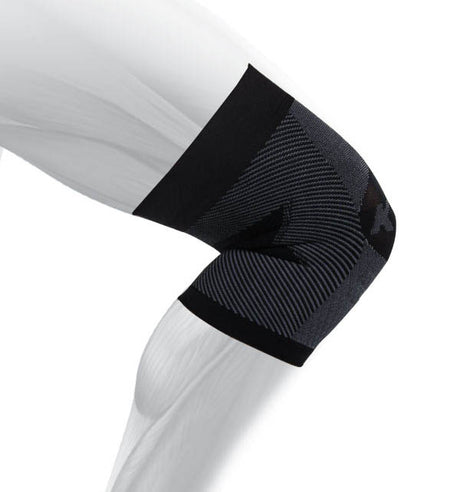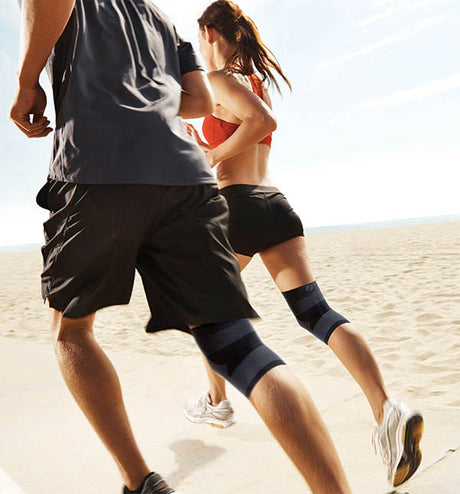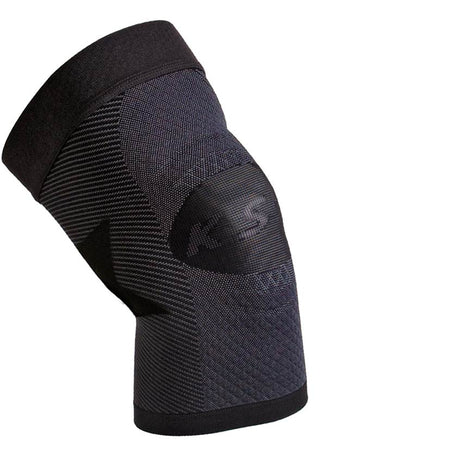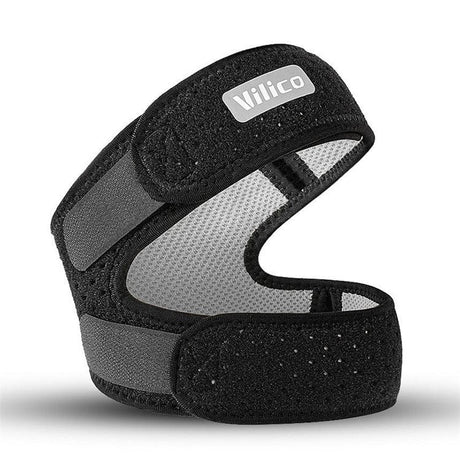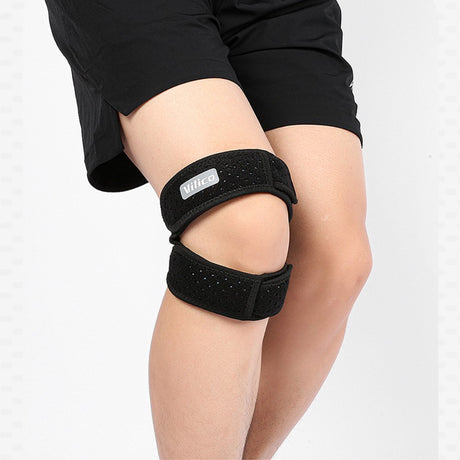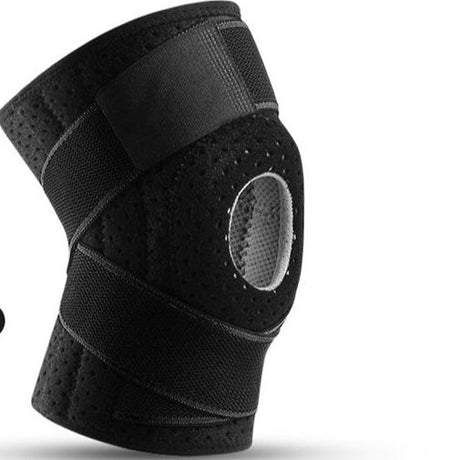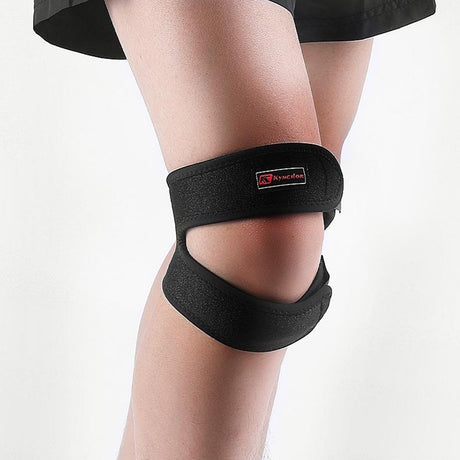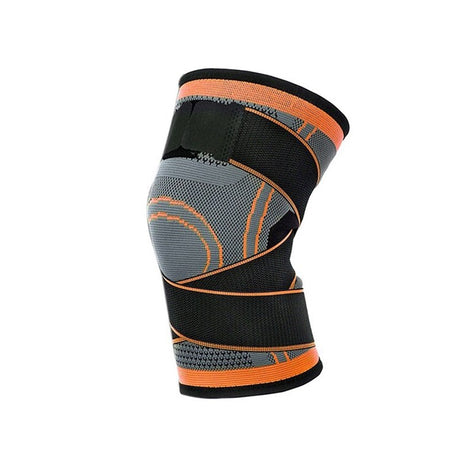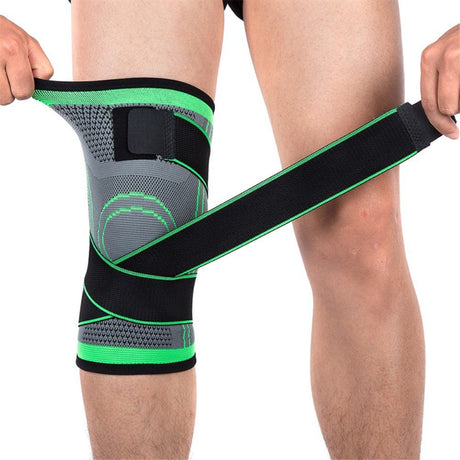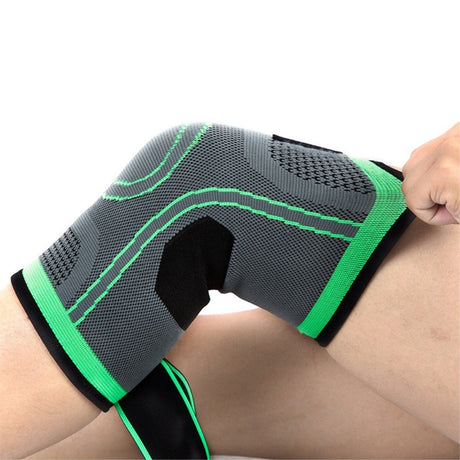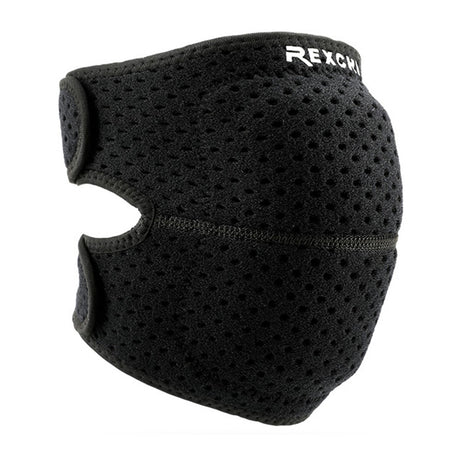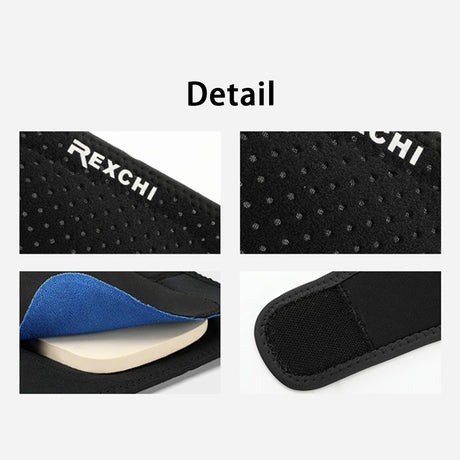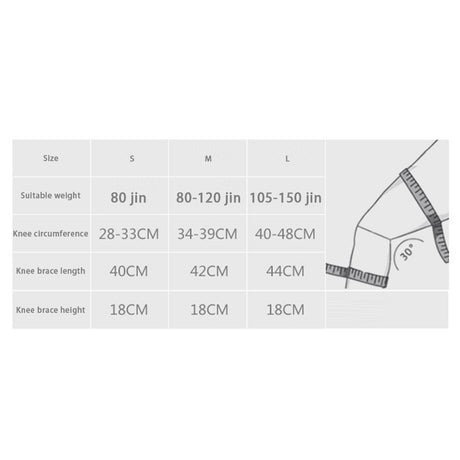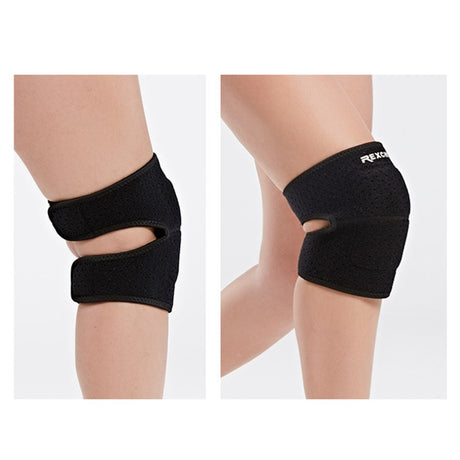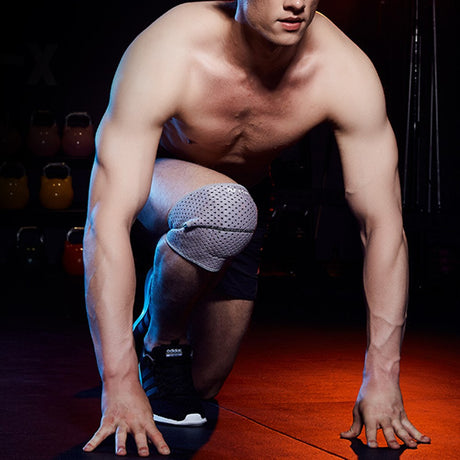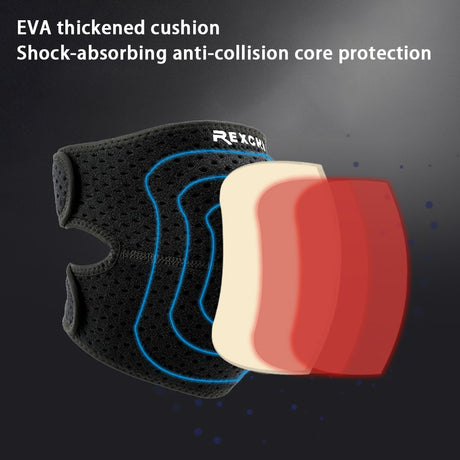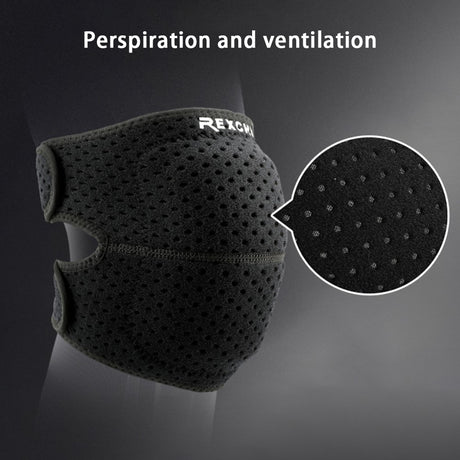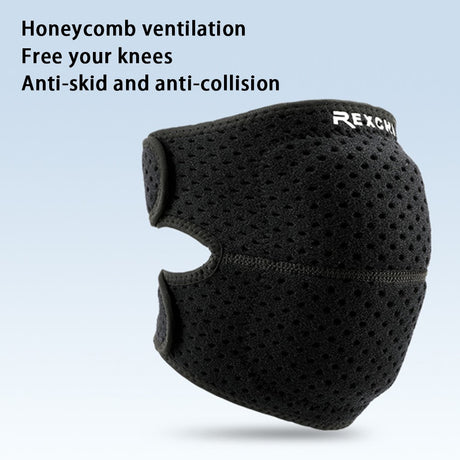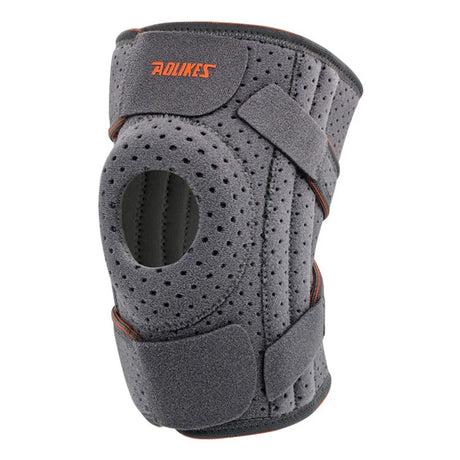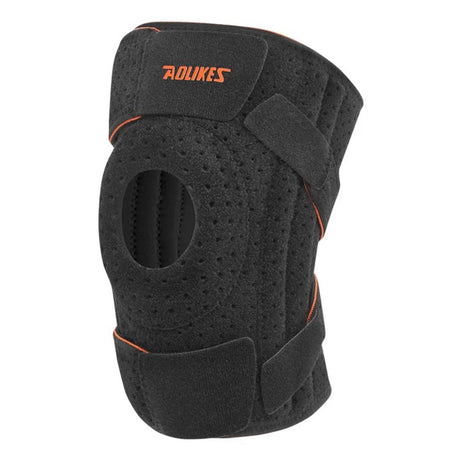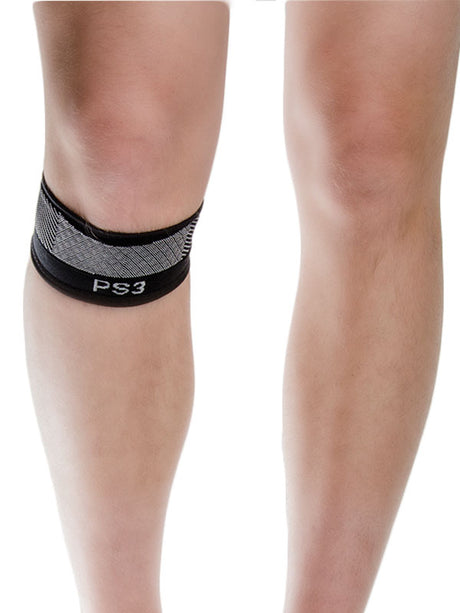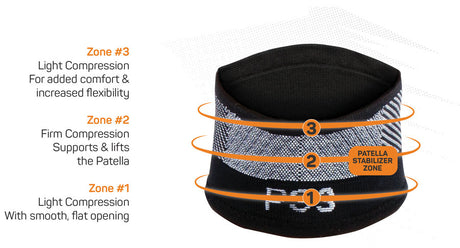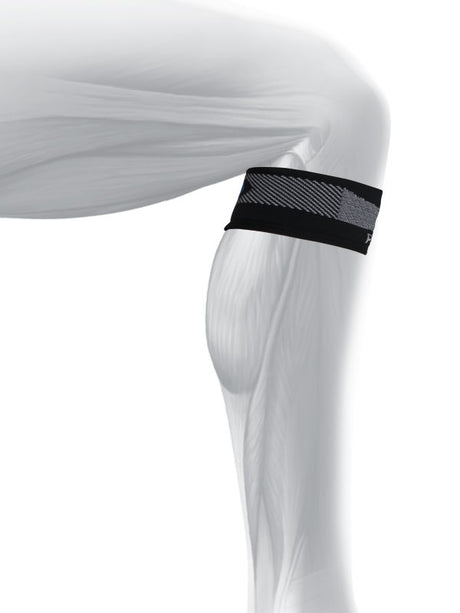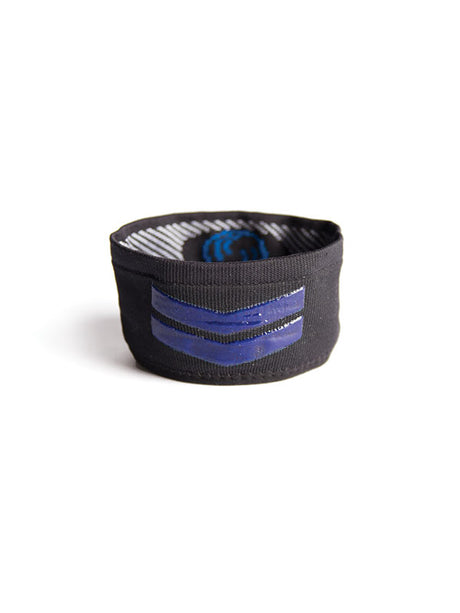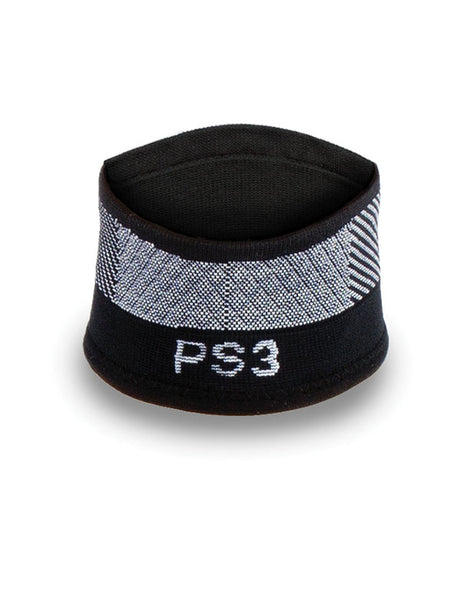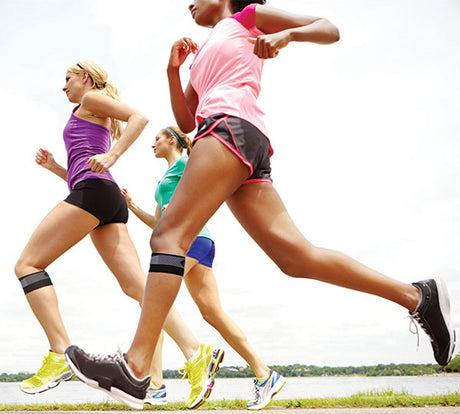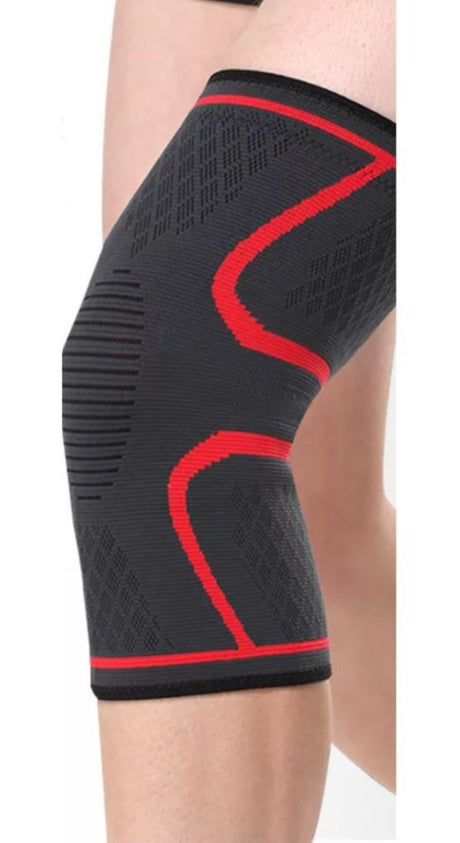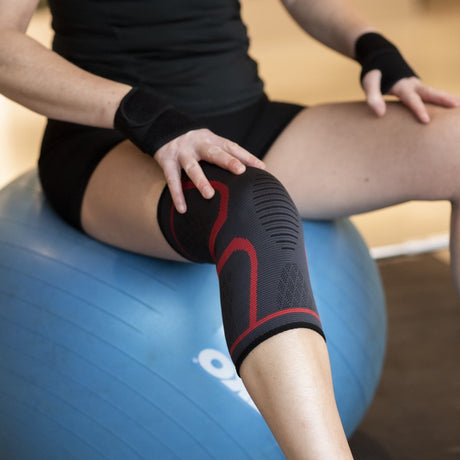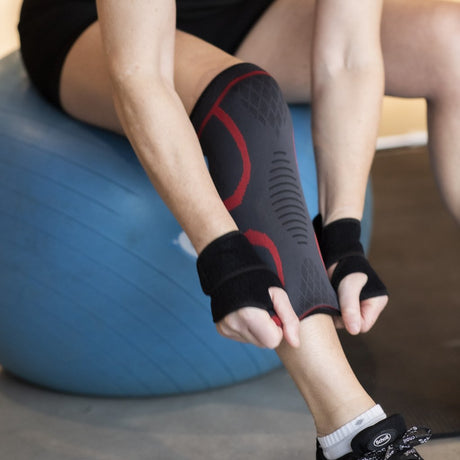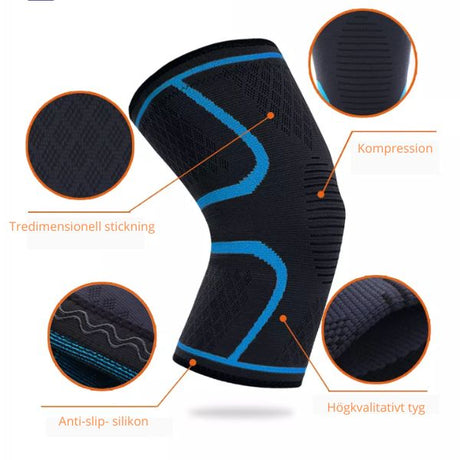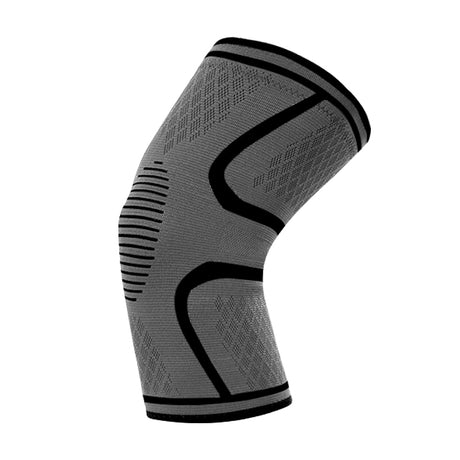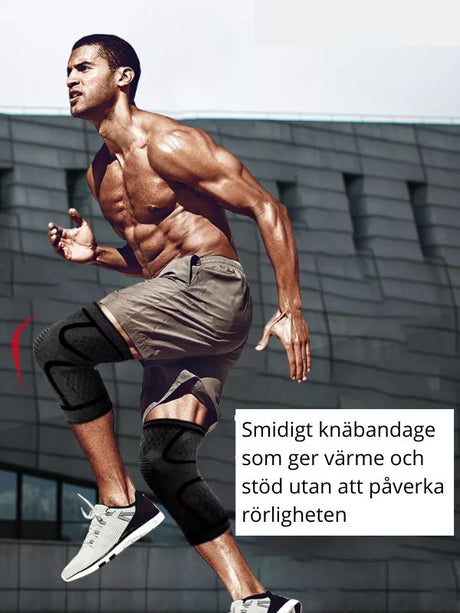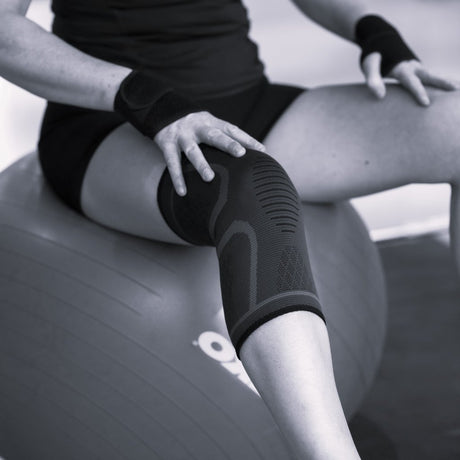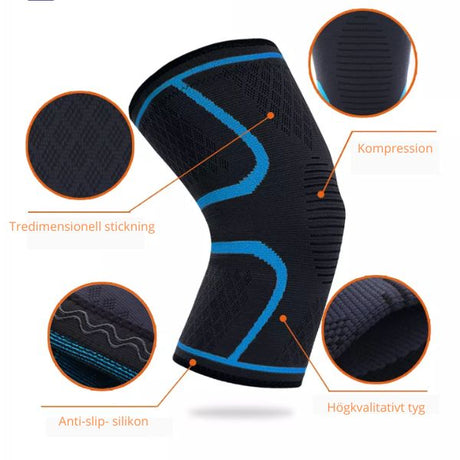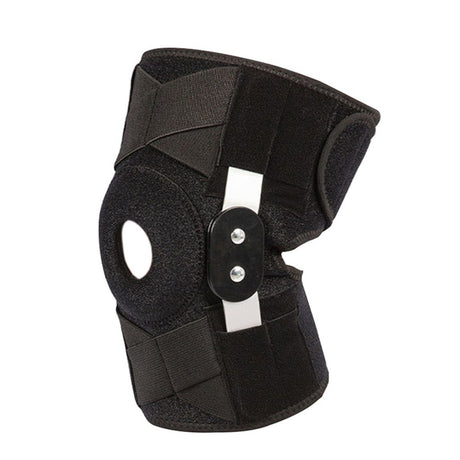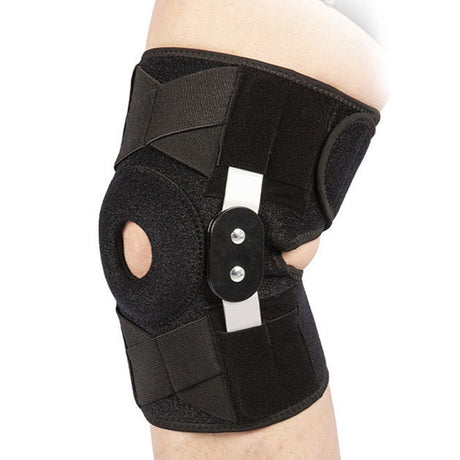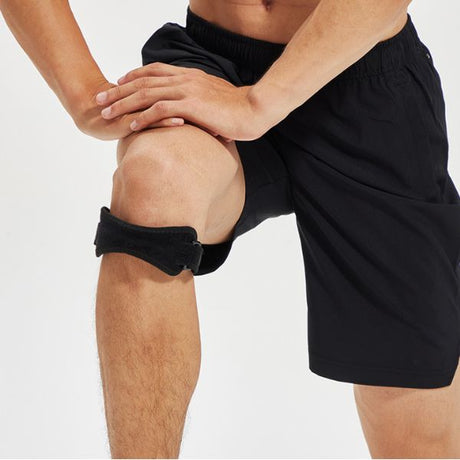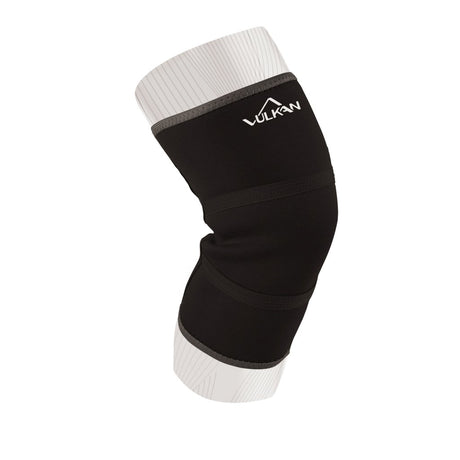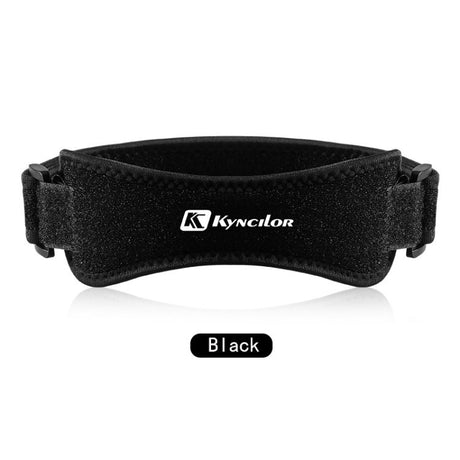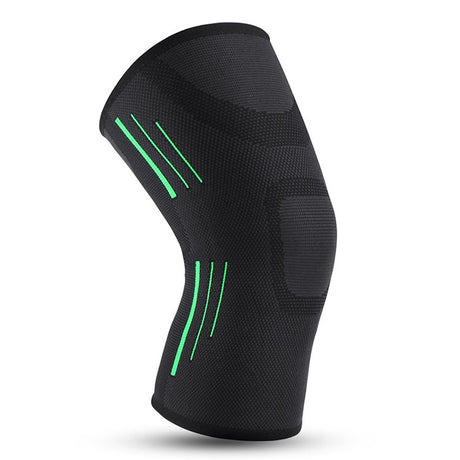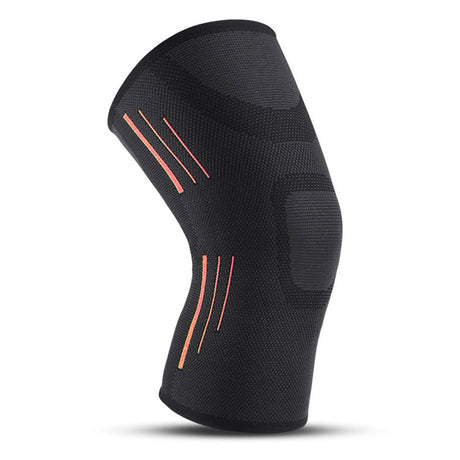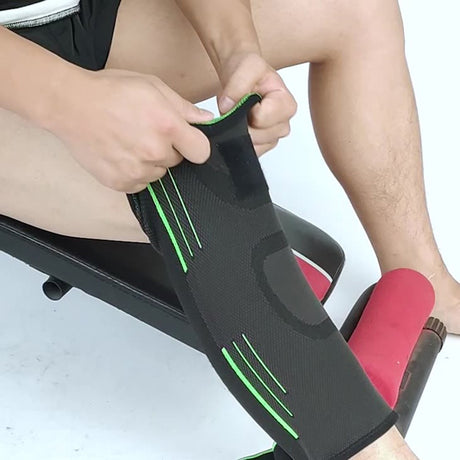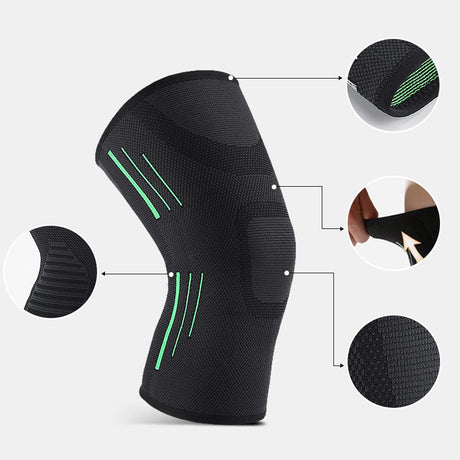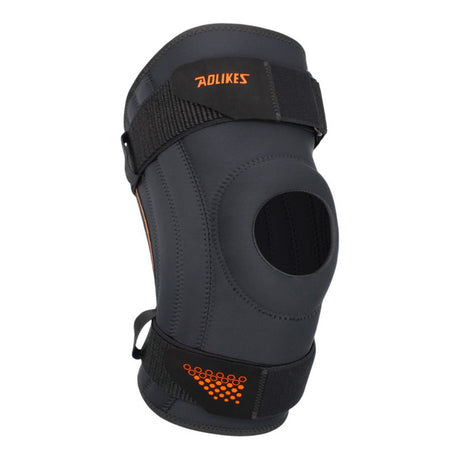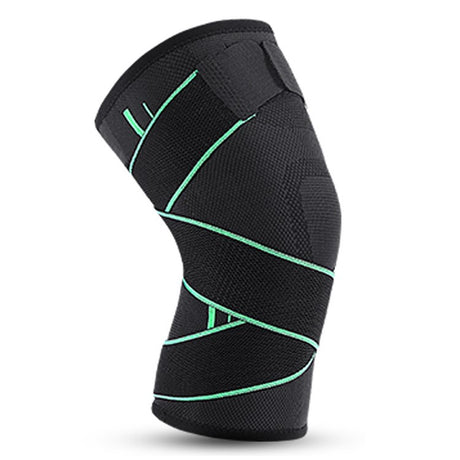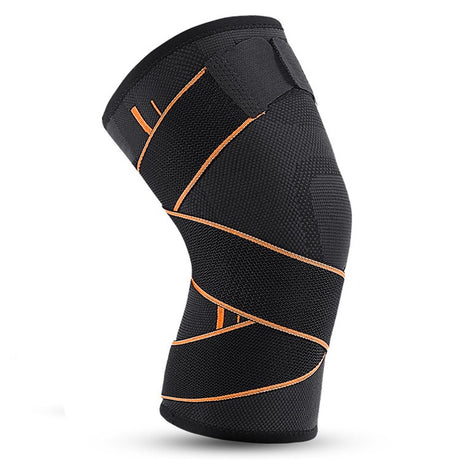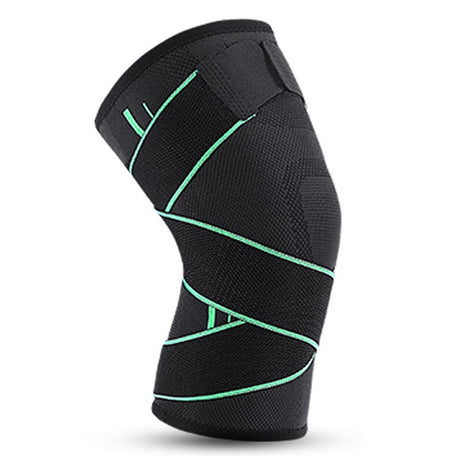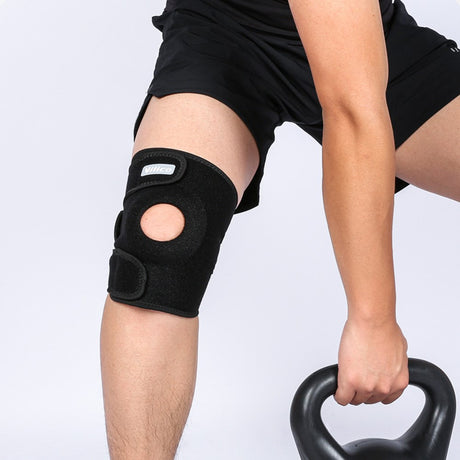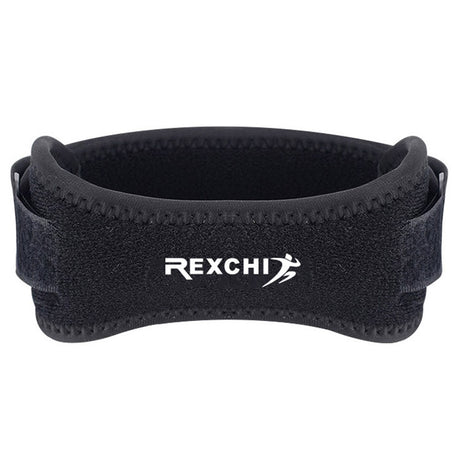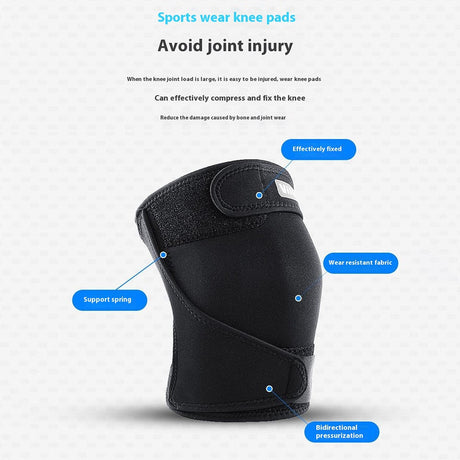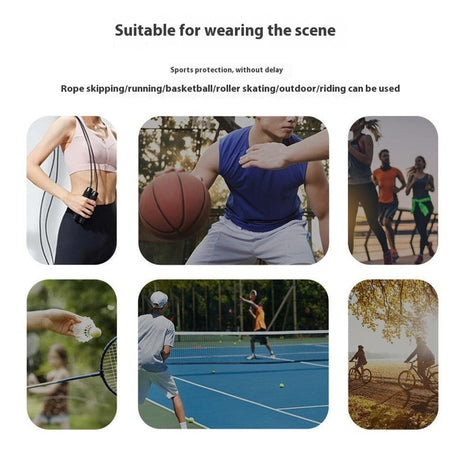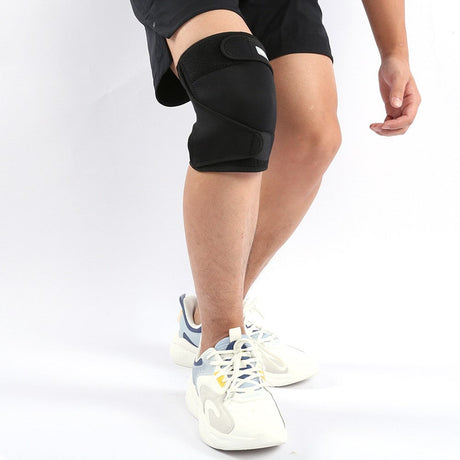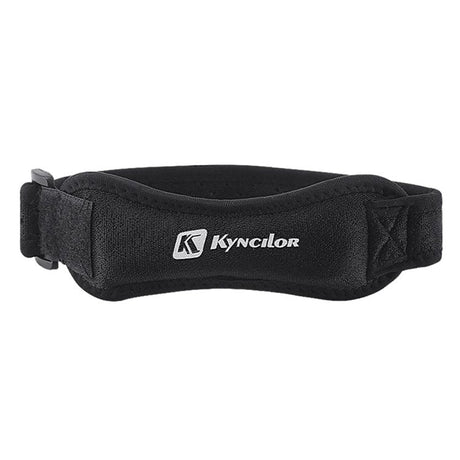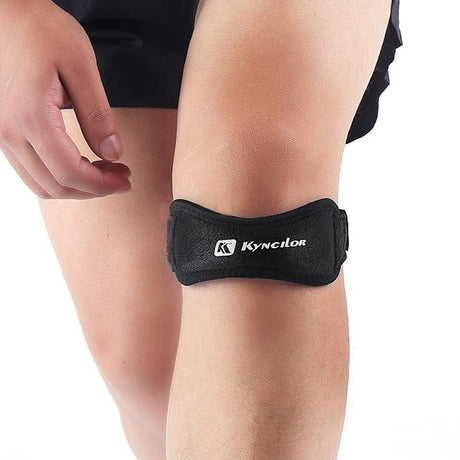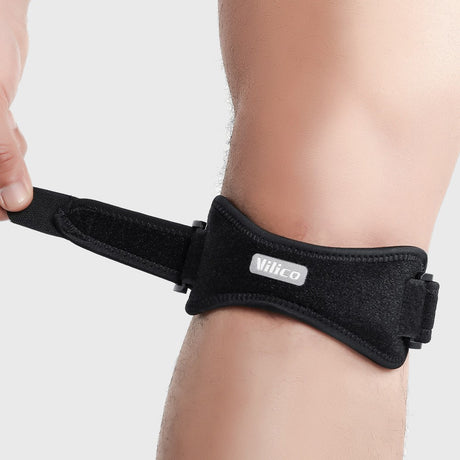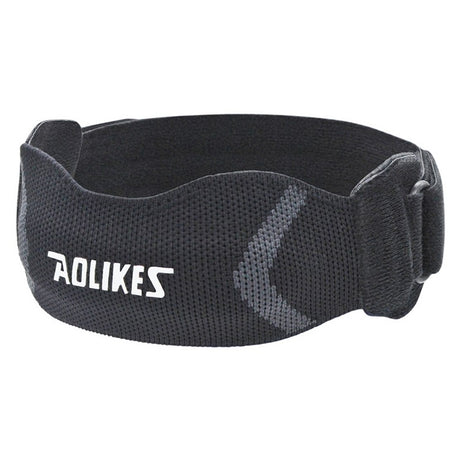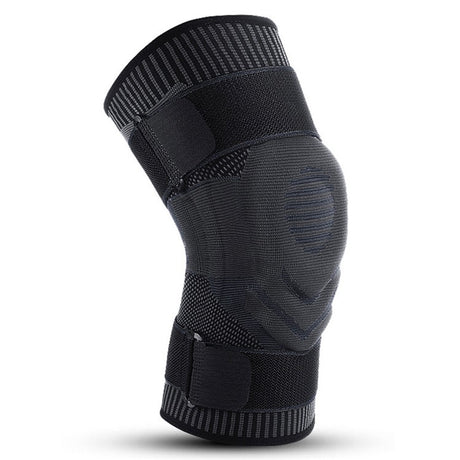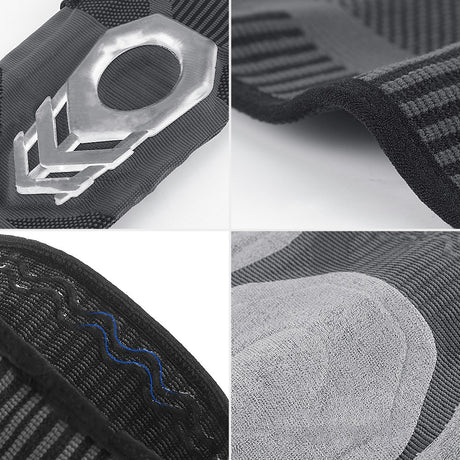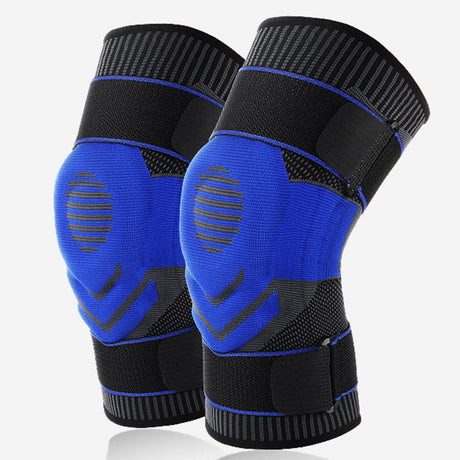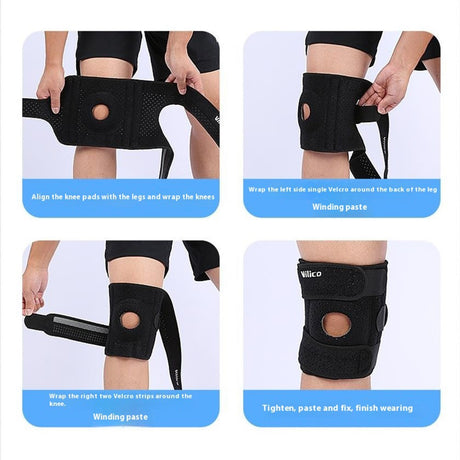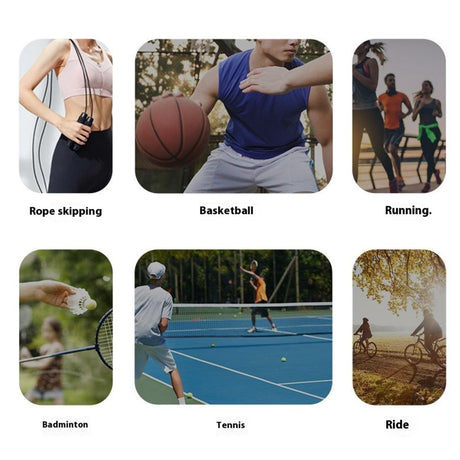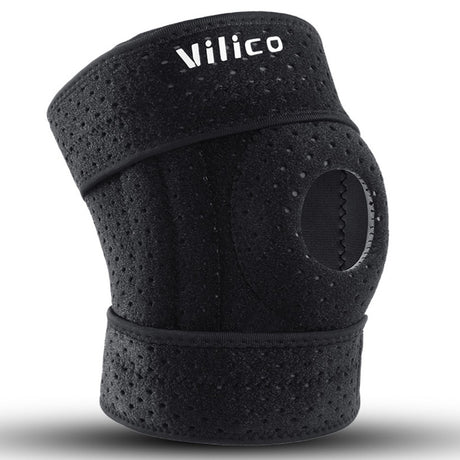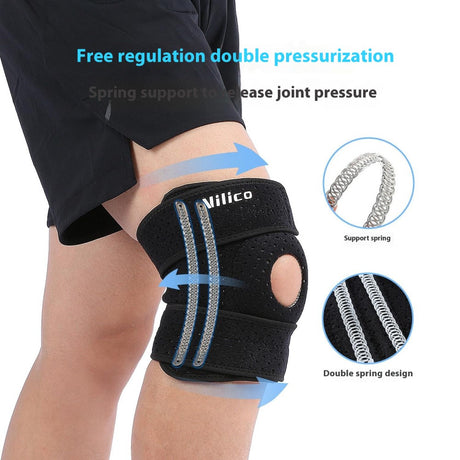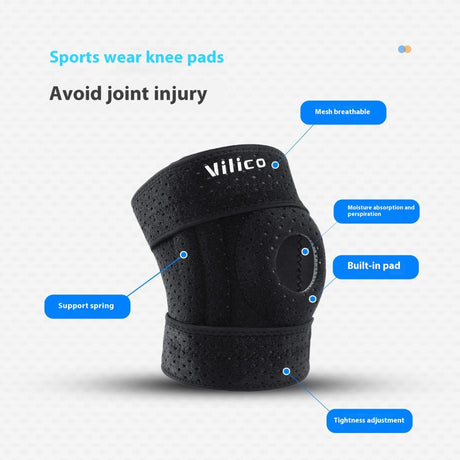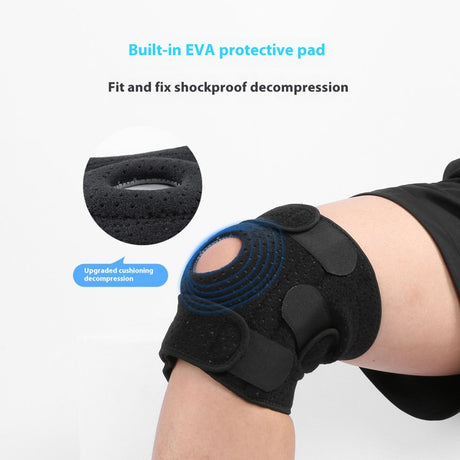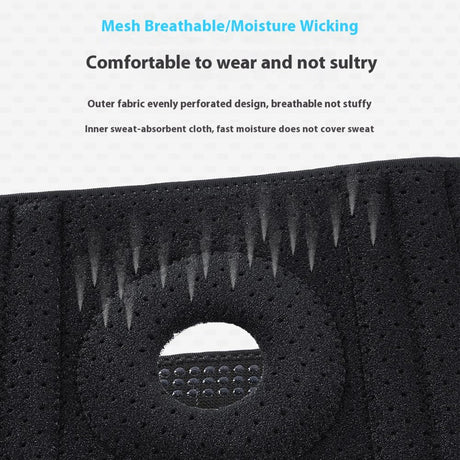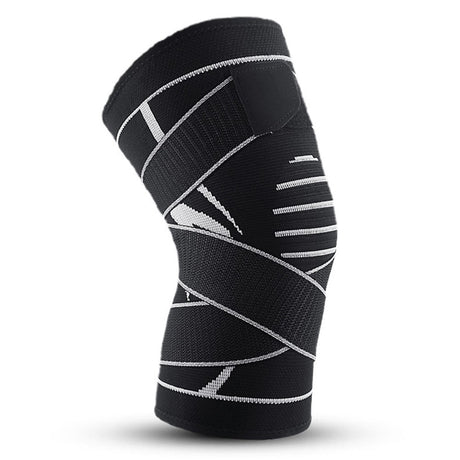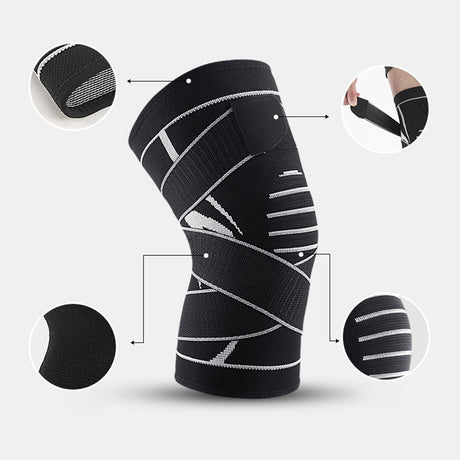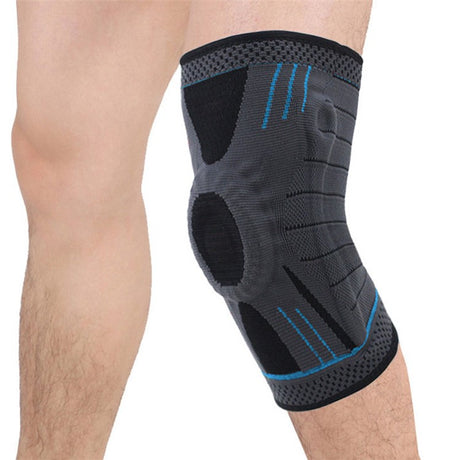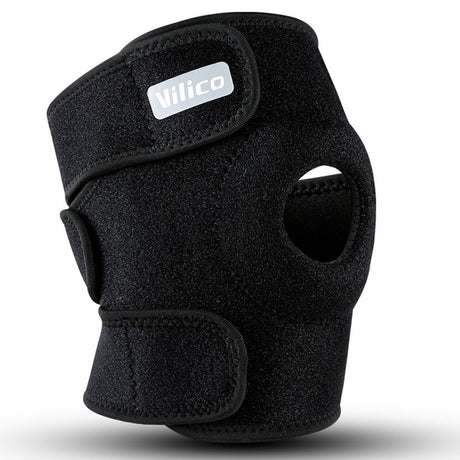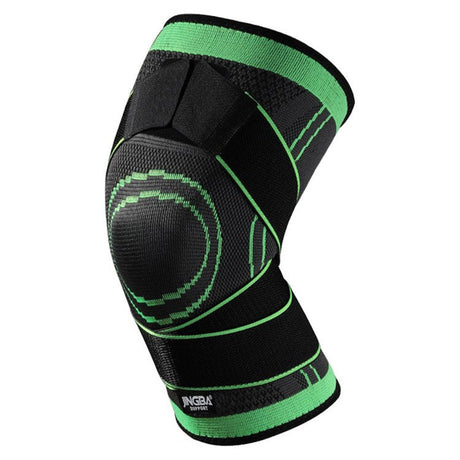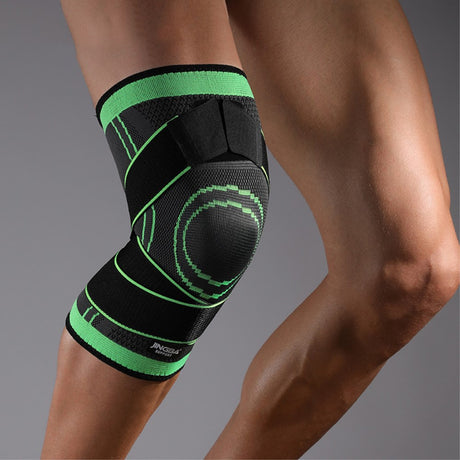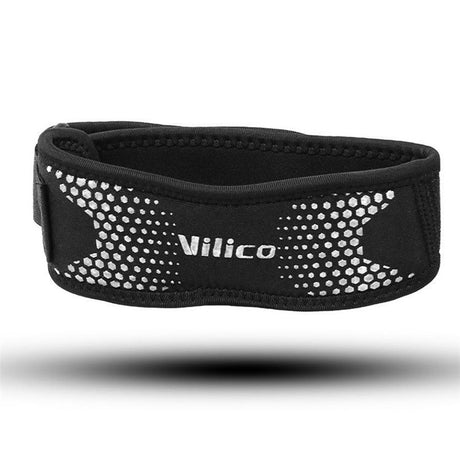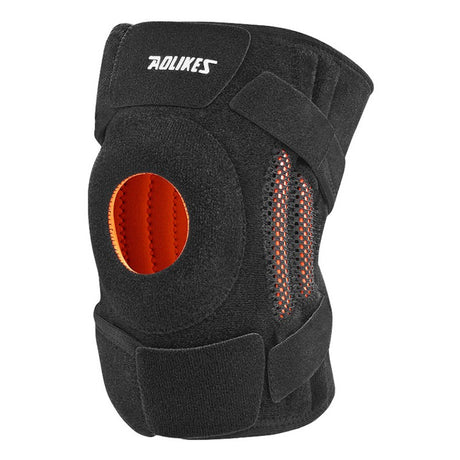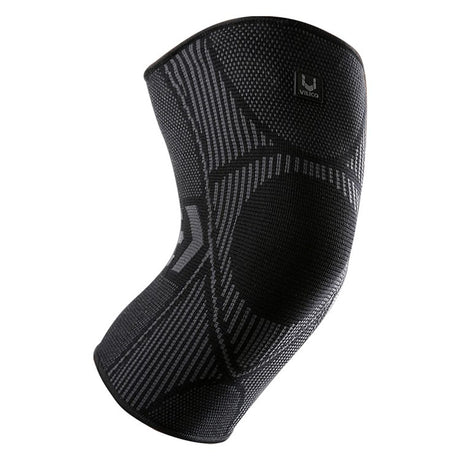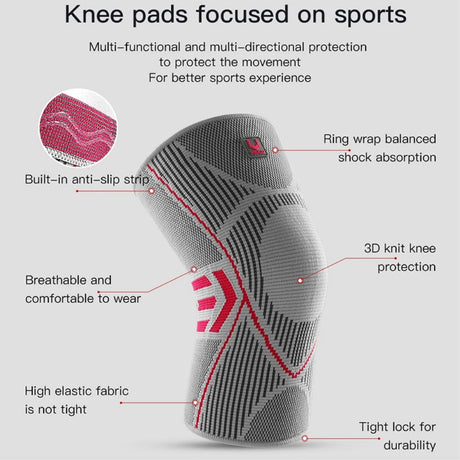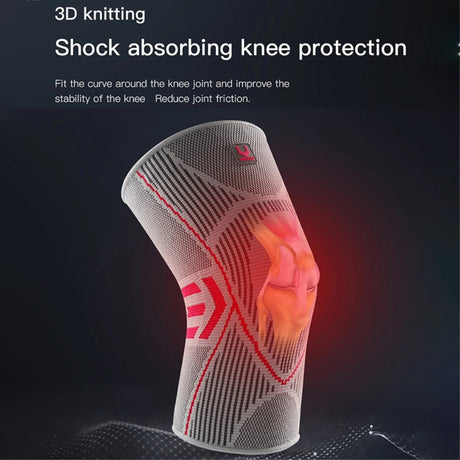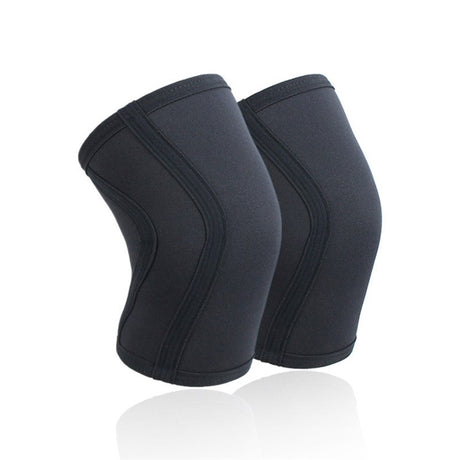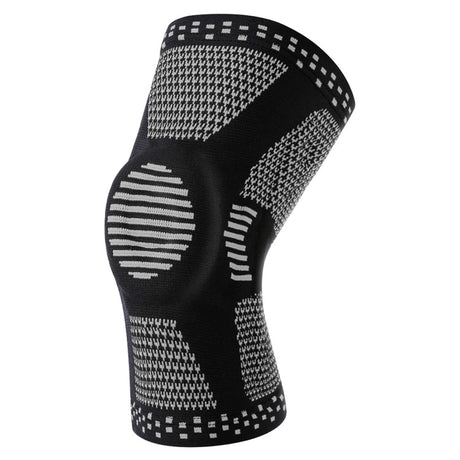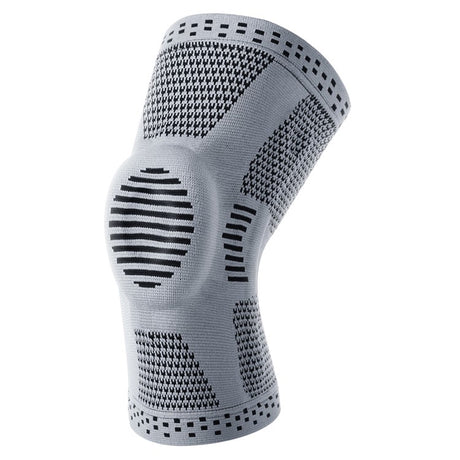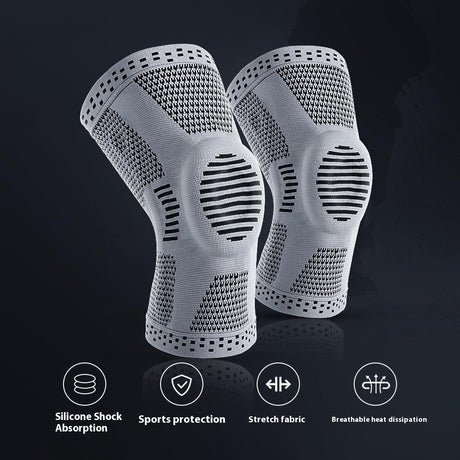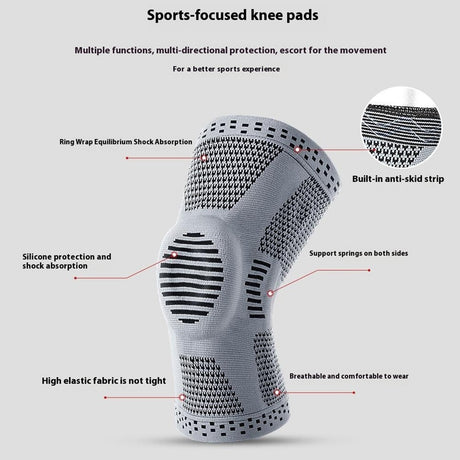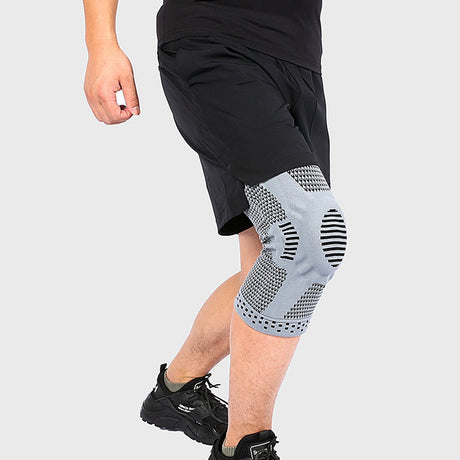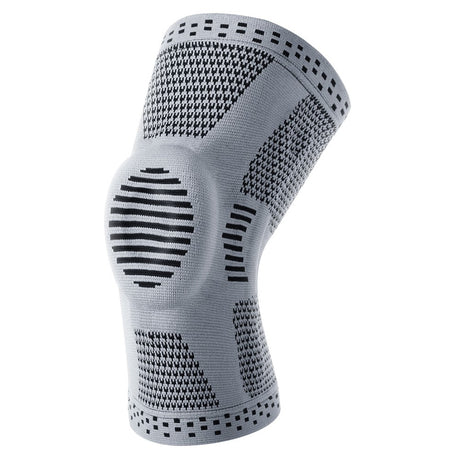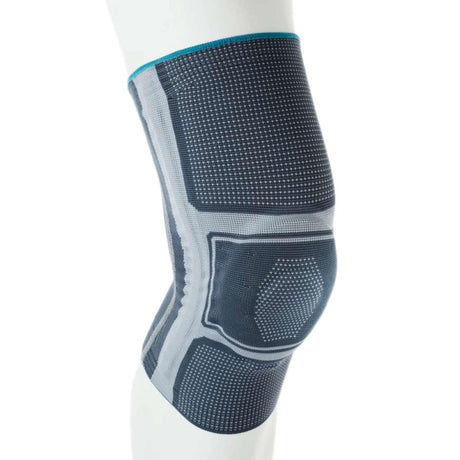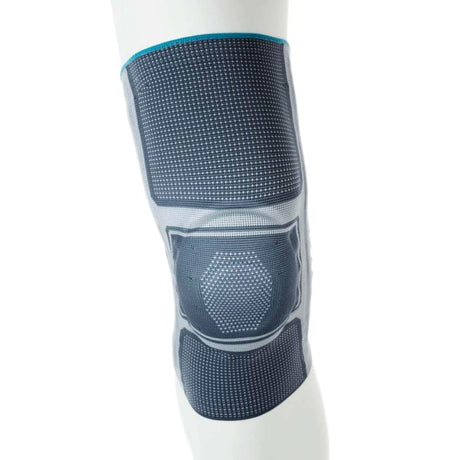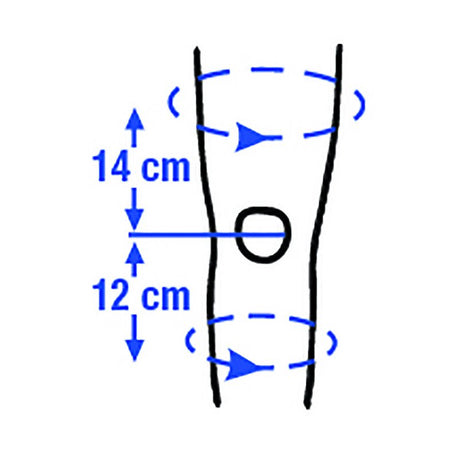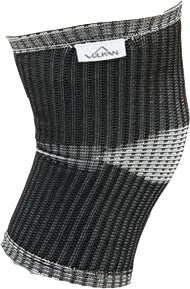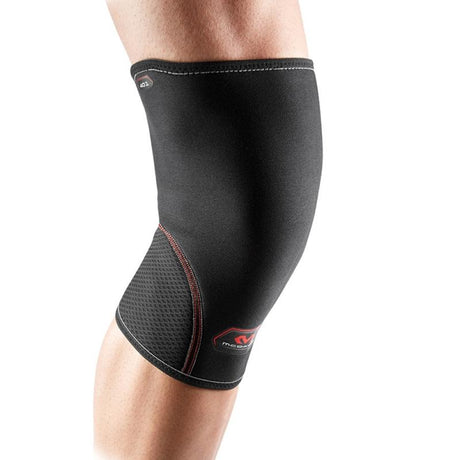- Up to 33% off
Knee protection Stable - Black
Sale price €39,90 EUR Regular price €59,90Unit price /Unavailable - Up to 29% offSale price €24,90 EUR Regular price €35,00Unit price /Unavailable
- Up to 33% offSale price €39,90 EUR Regular price €59,90Unit price /Unavailable
- Regular price €87,38 EURUnit price /Unavailable
- Up to 33% offSale price €39,90 EUR Regular price €59,90Unit price /Unavailable
- Up to 33% offSale price €39,90 EUR Regular price €59,90Unit price /Unavailable
- Regular price €31,50 EURUnit price /Unavailable
- Regular price €16,00 EURUnit price /Unavailable
- Regular price €24,00 EURUnit price /Unavailable
Knee protection for mild sprains, arthritis and swelling - Black
Regular price €33,63 EURUnit price /Unavailable- Regular price €39,88 EURUnit price /Unavailable
- Regular price €24,50 EURUnit price /Unavailable
- Regular price €32,00 EURUnit price /Unavailable
- Regular price €23,00 EURUnit price /Unavailable
Adjustable Knee Braces with Compression
Regular price €15,00 EURUnit price /Unavailable- Regular price €22,00 EURUnit price /Unavailable
Aolikes Adjustable Patella Knee Support
Regular price €32,00 EURUnit price /UnavailableOS1st PS3 Patella Compression Sleeve
Regular price €26,20 EURUnit price /Unavailable- Up to 33% offSale price €19,90 EUR Regular price €29,90Unit price /Unavailable
- Up to 33% offSale price €19,90 EUR Regular price €29,90Unit price /Unavailable
- Regular price €37,00 EURUnit price /Unavailable
- Sale price €9,90 EUR Regular price €17,90Unit price /Unavailable
- Up to 15% off
3011 Knee Support Vulcan (5 mm)
Sale price €25,37 EUR Regular price €29,90Unit price /Unavailable - Regular price €24,50 EURUnit price /Unavailable
- Regular price €18,50 EURUnit price /Unavailable
- Regular price €42,00 EURUnit price /Unavailable
- Regular price €26,00 EURUnit price /Unavailable
- Regular price €19,90 EURUnit price /Unavailable
- Regular price €18,00 EURUnit price /Unavailable
Premium Knee Brace for Support and Injury Prevention
Regular price €27,00 EURUnit price /Unavailable- Regular price €19,90 EURUnit price /Unavailable
- Regular price €21,00 EURUnit price /Unavailable
- Regular price €21,00 EURUnit price /Unavailable
Patella Knee Protection with Splints
Regular price €35,00 EURUnit price /Unavailable- Regular price €25,00 EURUnit price /Unavailable
- Regular price €31,00 EURUnit price /Unavailable
Knee Support Sleeve - Comfort and Protection
Regular price €36,00 EURUnit price /Unavailable- Regular price €26,50 EURUnit price /Unavailable
- Regular price €25,50 EURUnit price /Unavailable
- Regular price €31,00 EURUnit price /Unavailable
Knee Fit Pad: Customizable Compression and Support
Regular price €41,50 EURUnit price /Unavailable- Regular price €16,00 EURUnit price /Unavailable
- Regular price €27,00 EURUnit price /Unavailable
Active Knee Sleeve – Comfort and Support
Regular price €39,00 EURUnit price /Unavailable- Up to 34% off
Genu-GO Knee protection for reduced swelling.
Sale price From €29,67 EUR Regular price €44,90Unit price /Unavailable - Sale price €14,90 EUR Regular price €34,90Unit price /Unavailable
McDavid Knee brace for light knee injuries
Regular price €37,38 EURUnit price /Unavailable
What a knee brace offers
A knee brace provides important support for the joint and offers extra stability during daily activities, training or recovery from injury. By applying gentle compression, it helps to reduce swelling, relieve pain and promote better blood circulation around the knee. The knee brace is designed to provide support to weakened or injured ligaments, meniscus or cartilage, helping to prevent further strain and improving confidence in movement.
Whether you need protection during sports, rehabilitation after surgery or relief from chronic discomfort, a knee brace can provide targeted relief, improved alignment and overall joint stability for healthier and more comfortable knees.
Different types of knee braces or knee supports depending on the injury
In this category, you will find our range of knee braces and knee supports that are suitable for many different injuries.
ACL injury
A knee brace for ACL injuries helps stabilise the knee by controlling forward and rotational movements that can aggravate the ligament injury. It provides support and compression, reduces swelling and pain, and protects the joint during rehabilitation or physical activity. By controlling movements in the right direction and preventing sudden twists, the support promotes healing, restores confidence in mobility and reduces the risk of further injury.
If you suffer from a cruciate ligament injury, take a look at our range of knee braces for ACL injuries.
Meniscus injury
Knee braces for meniscus injuries stabilise the knee and limit twisting or turning movements that can aggravate the injury. With support and compression, it helps to reduce swelling and pain while promoting proper joint alignment. By controlling movement, the brace protects the damaged cartilage during daily activities or rehabilitation, supports healing and helps maintain confidence in mobility.
If you suffer from a meniscus injury, take a look at our range of knee braces for meniscus injuries.
Knee arthritis
A knee support for osteoarthritis helps relieve pressure on worn cartilage and supports the joint during movement. By preventing instability and providing gentle compression, it reduces swelling and knee pain, improves alignment and helps distribute weight more evenly across the knee. This extra support makes it possible to perform daily activities more comfortably, relieves stiffness and can slow down further strain on the joint, making it a valuable tool for managing osteoarthritis symptoms.
If you have osteoarthritis in your knee, go directly to our range of knee braces for osteoarthritis.
Schlatter
A knee brace for Schlatter helps to relieve pressure from the tibial tuberosity, reducing strain on the tendon and growth area under the kneecap. The brace provides gentle support and compression, helping to relieve pain during activity. By stabilising the knee and distributing weight more evenly, it allows young athletes to remain active while protecting the growing knee and supporting recovery.
Jumper's knee or runner's knee
A knee brace for runner's knee and jumper's knee helps to guide the kneecap in the right direction and reduces overload on the patellar tendon during repetitive movements. By providing targeted support, it stabilises the joint, improves alignment and helps prevent overuse. This allows athletes to maintain performance while running, jumping or training, while protecting the knee from further irritation or overload of the tendons.
PFSS
A knee brace for patellofemoral stress syndrome (PFSS) helps support the kneecap (patella) and ensures that it moves correctly in the femoral groove. By providing compression and stabilisation of the front kneecap, the support reduces misalignment during movement, guides proper knee mechanics and helps prevent excessive lateral stress. This support allows for safer activity, improves control when bending or squatting, and helps protect the joint from further irritation.
General pain and support
In addition to injuries, you may be interested in a knee support simply because it hurts, is sore, and you feel you need support during the day. Knee problems are common, and accidents such as hyperextension, sprains, and strains happen often. At Sportsmart, we have therefore made it easy to find the right knee support for relief if you have knee pain.
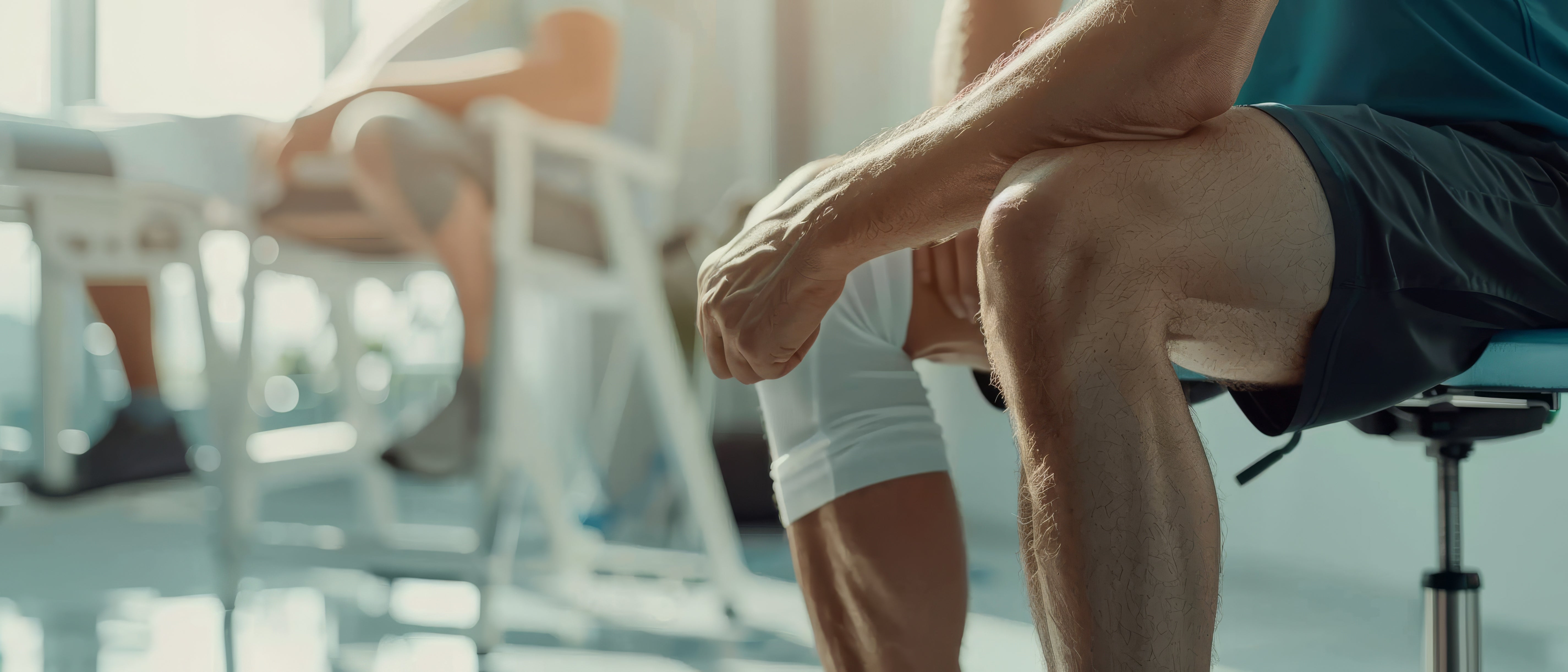
Who can benefit from using knee support?
Knee support is recommended for people who experience diffuse or recurring pain around the knees, whether they are active in sports or just go for walks. It contributes to stability and pain relief, but it is also important to seek medical help for a correct diagnosis.
Are there times when you should avoid using knee supports?
In endurance sports such as long-distance running, knee supports can alter your movement pattern and lead to incorrect muscle loading. It is therefore recommended that you avoid using knee supports during such activities, unless they have been prescribed by medical staff.
When and how should knee supports be worn?
Knee supports should be put on before warming up to maximise the effect of heat and circulation during exercise. It is recommended to use knee supports during activity rather than in everyday situations in order to train the necessary muscles without becoming dependent on passive support.
